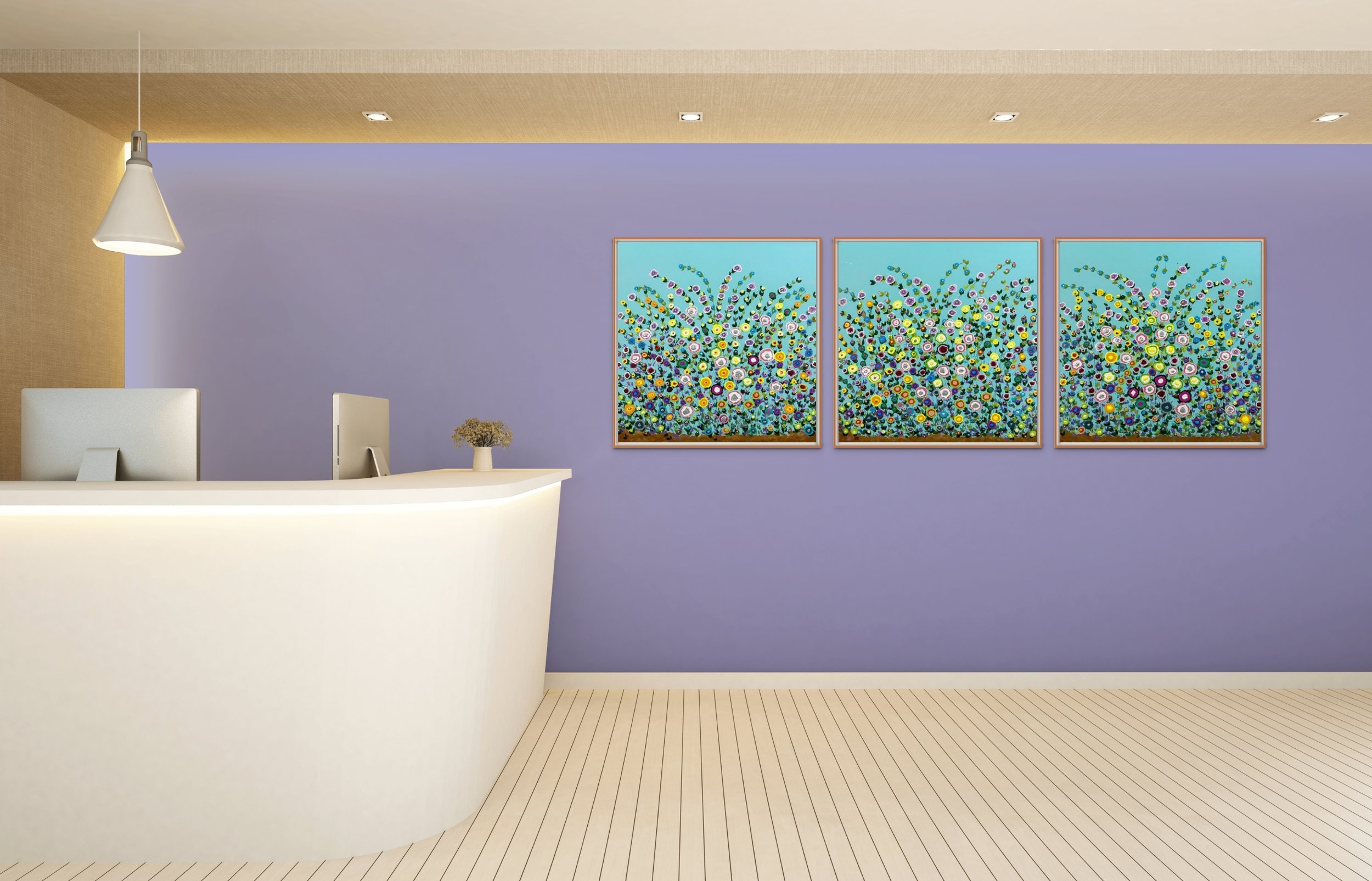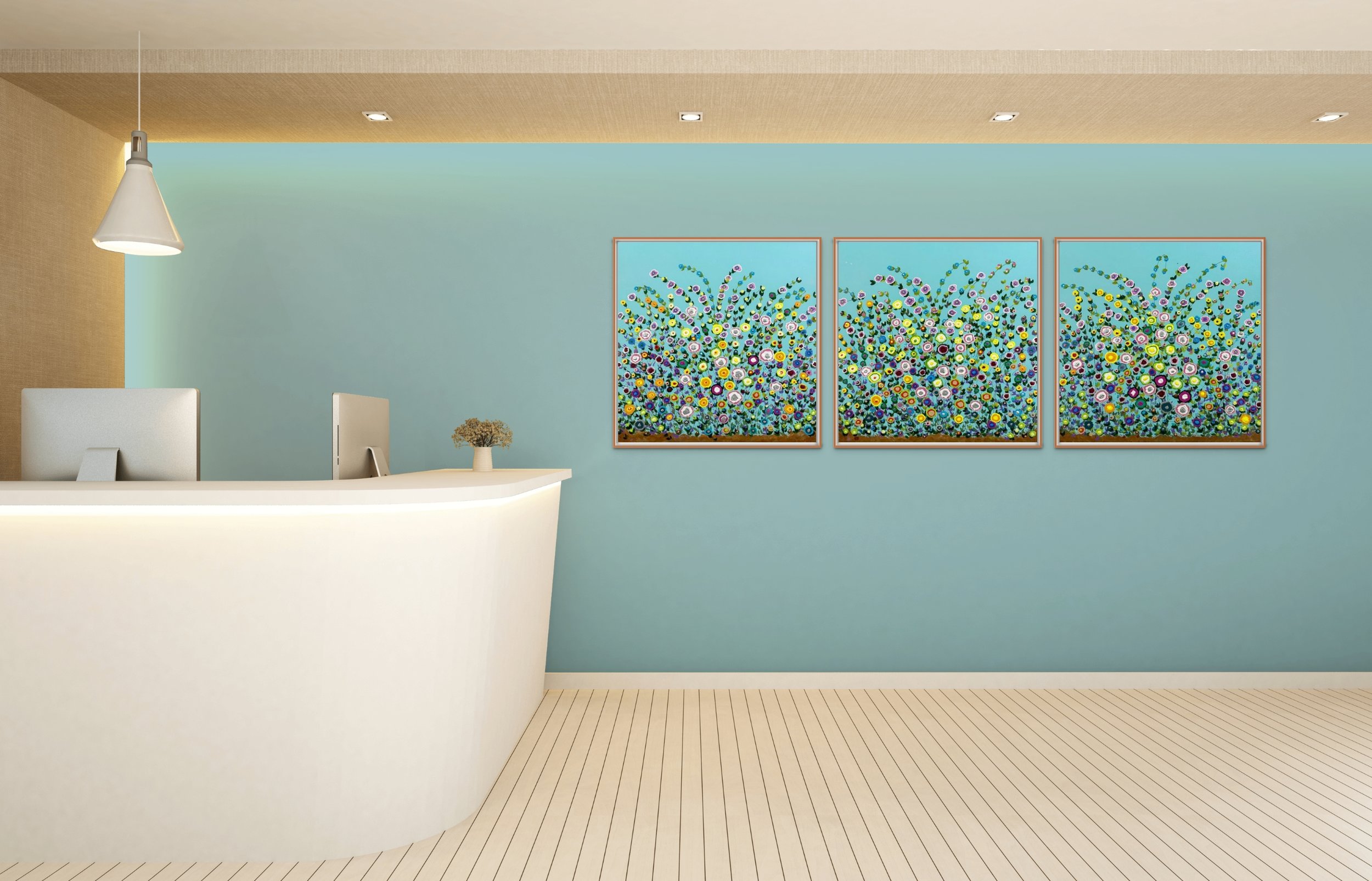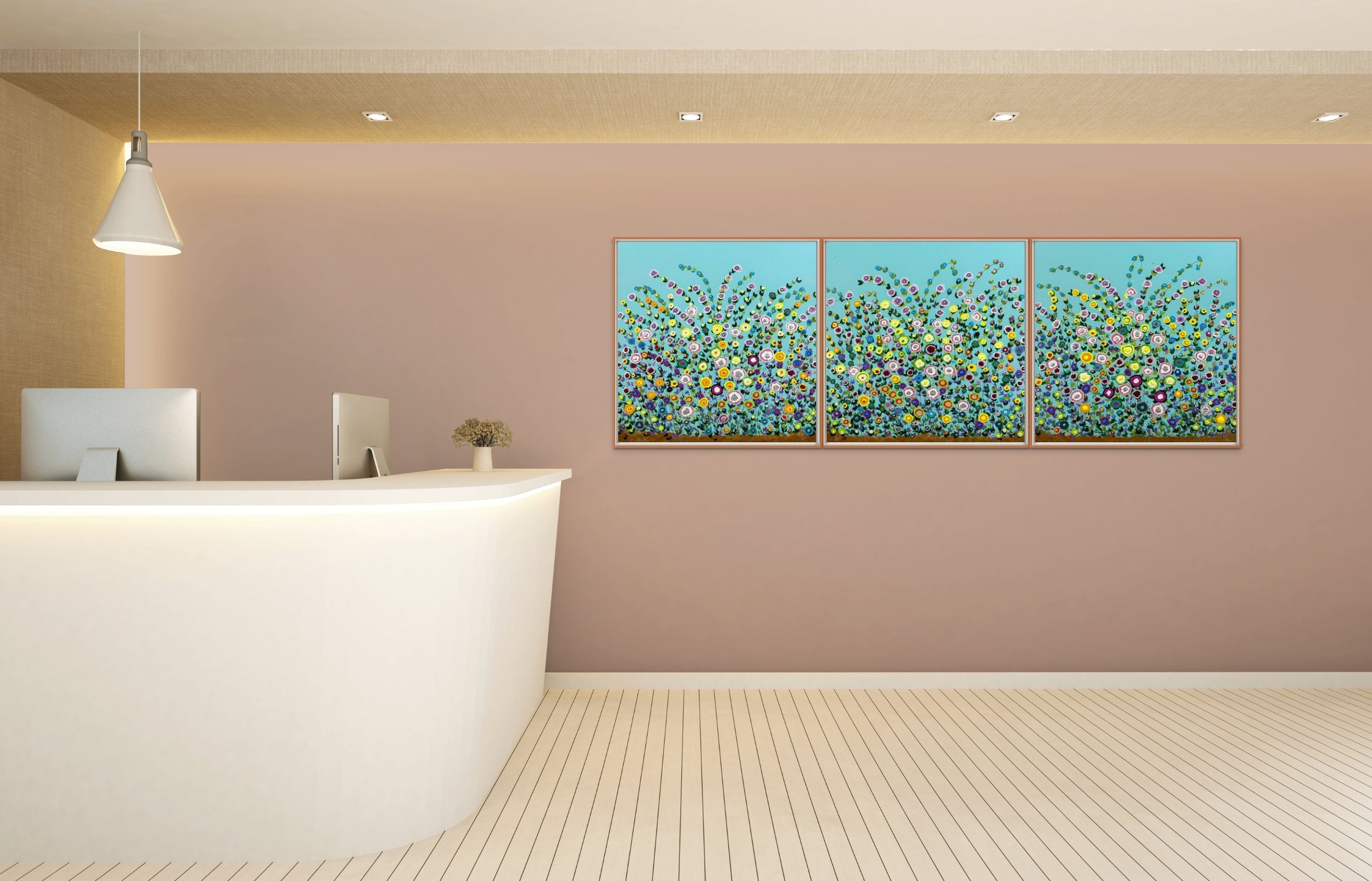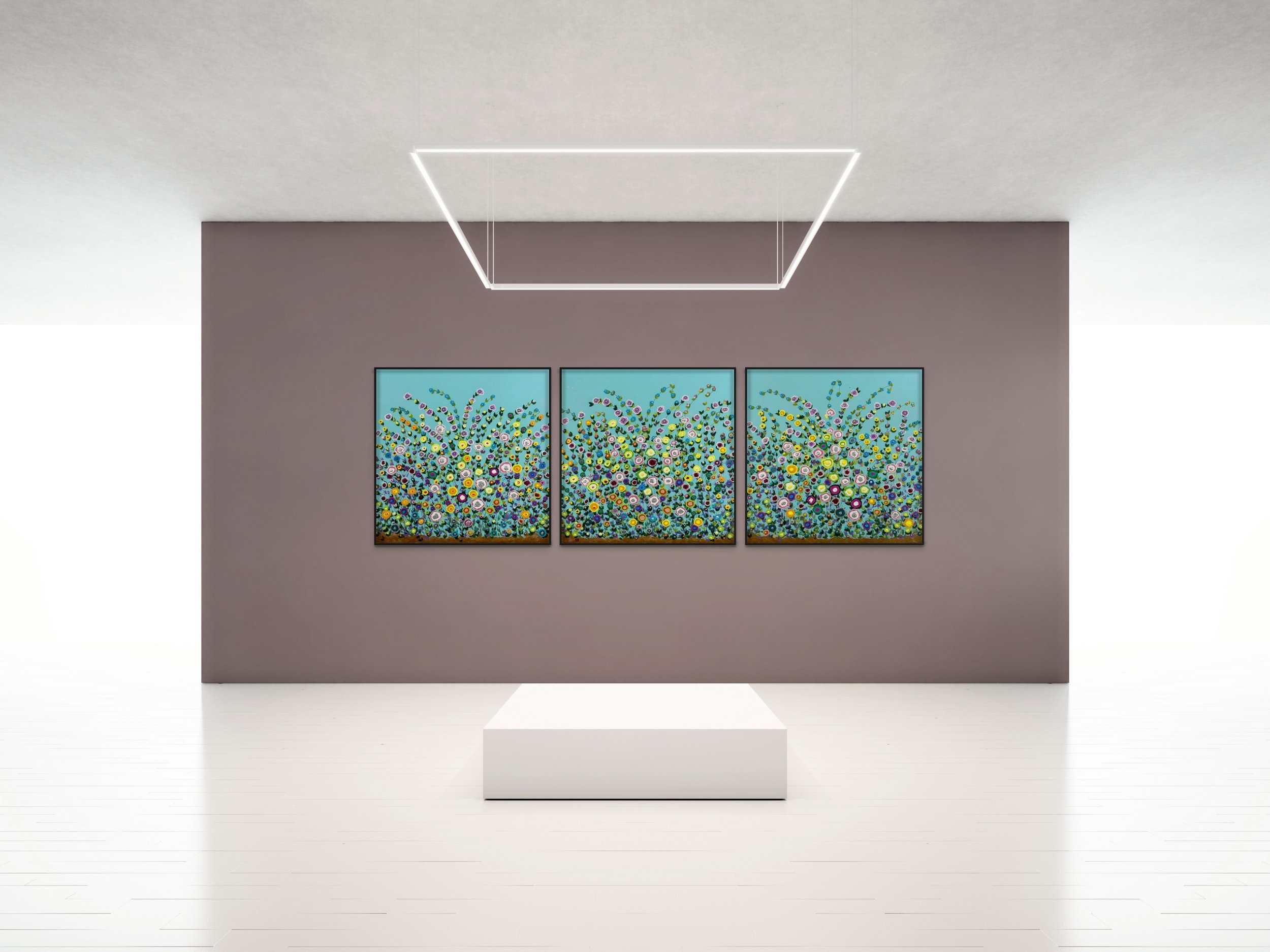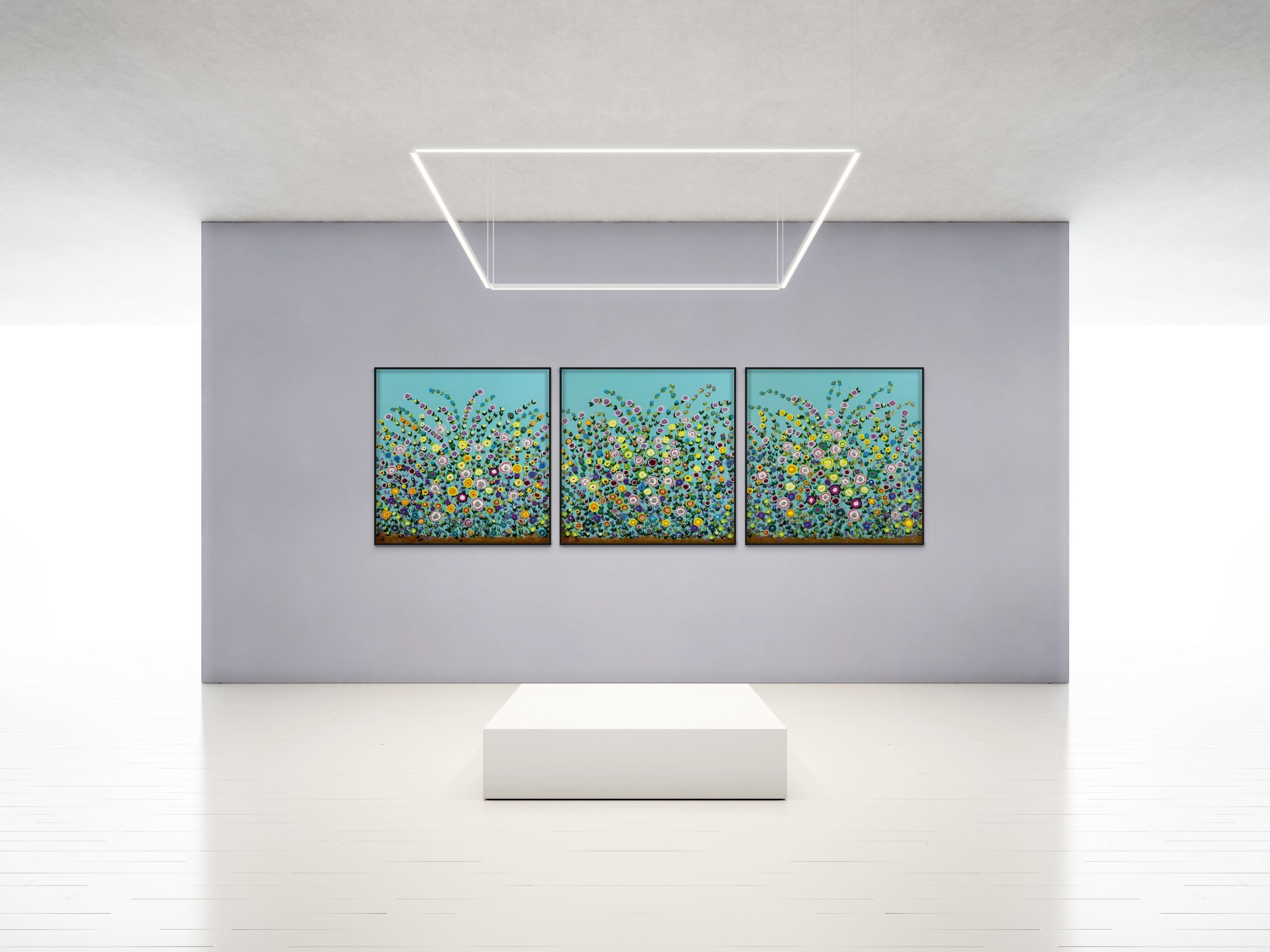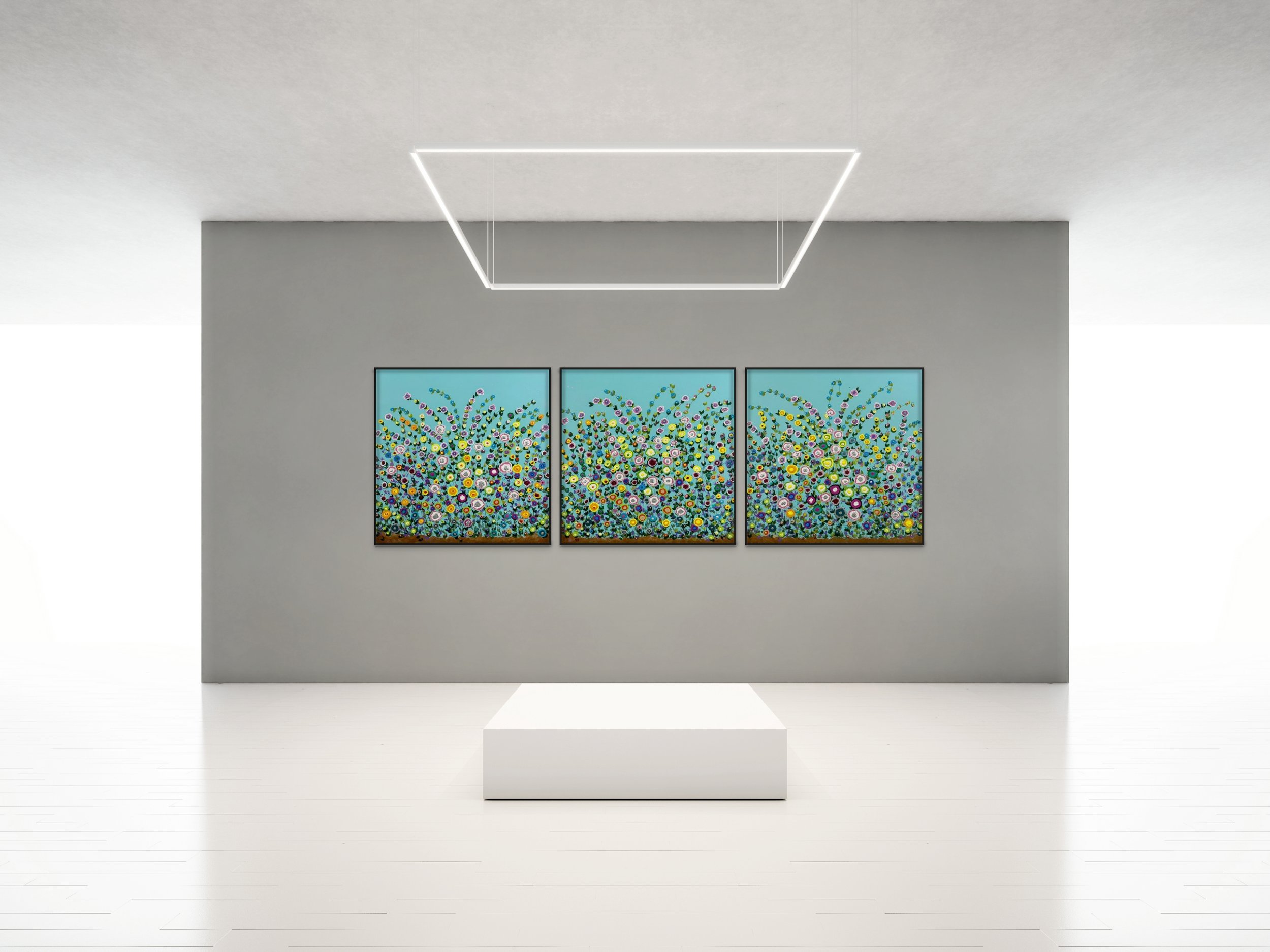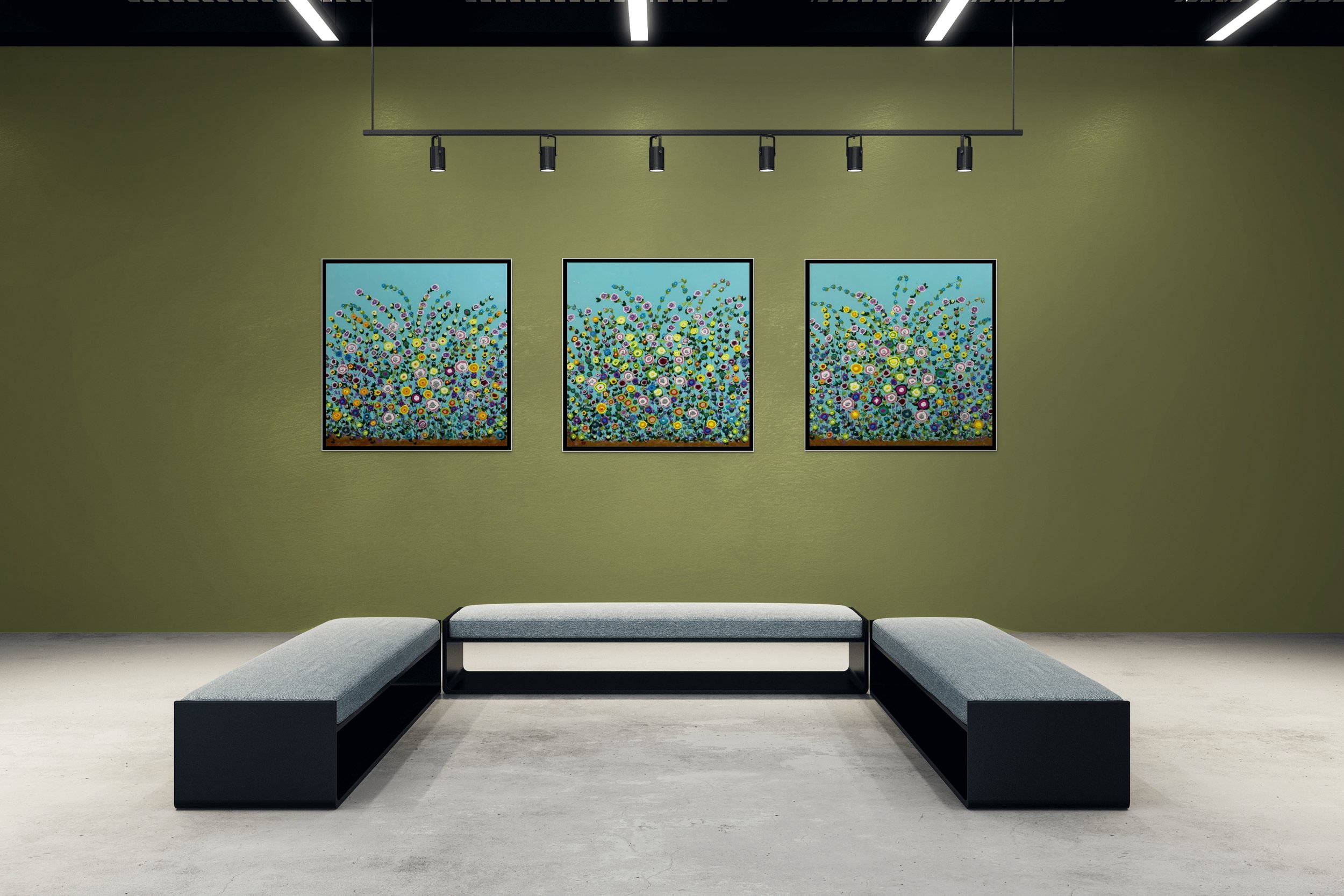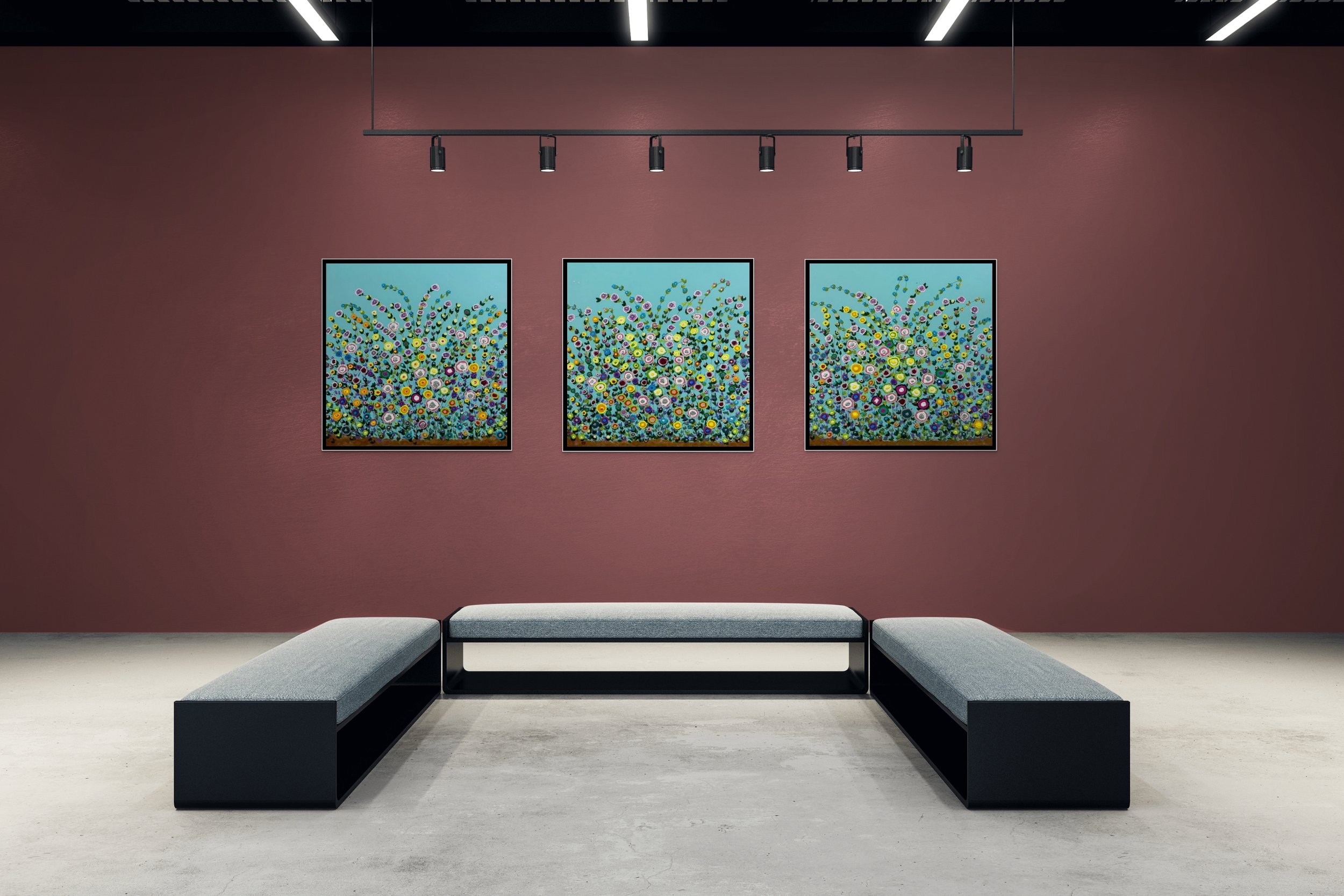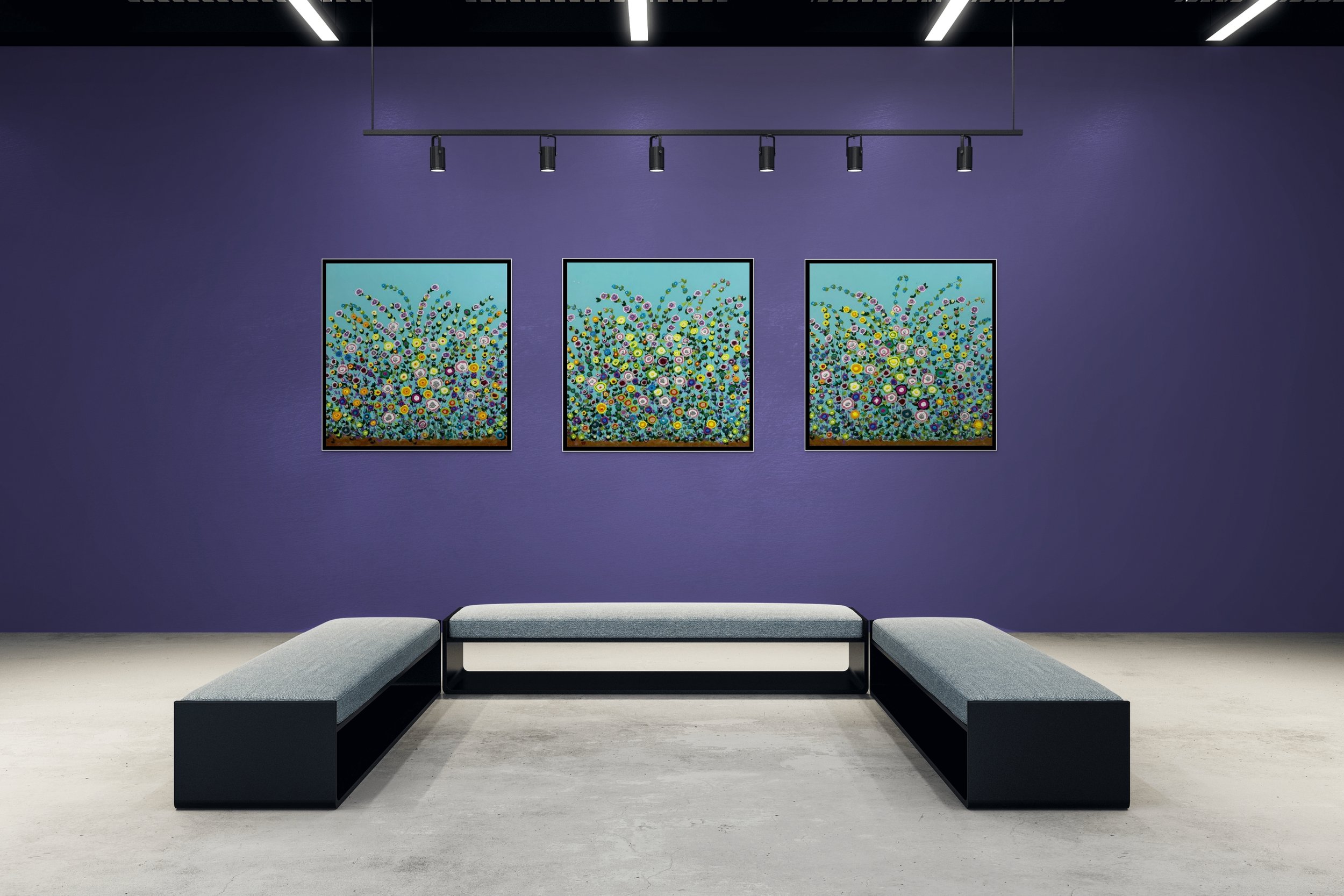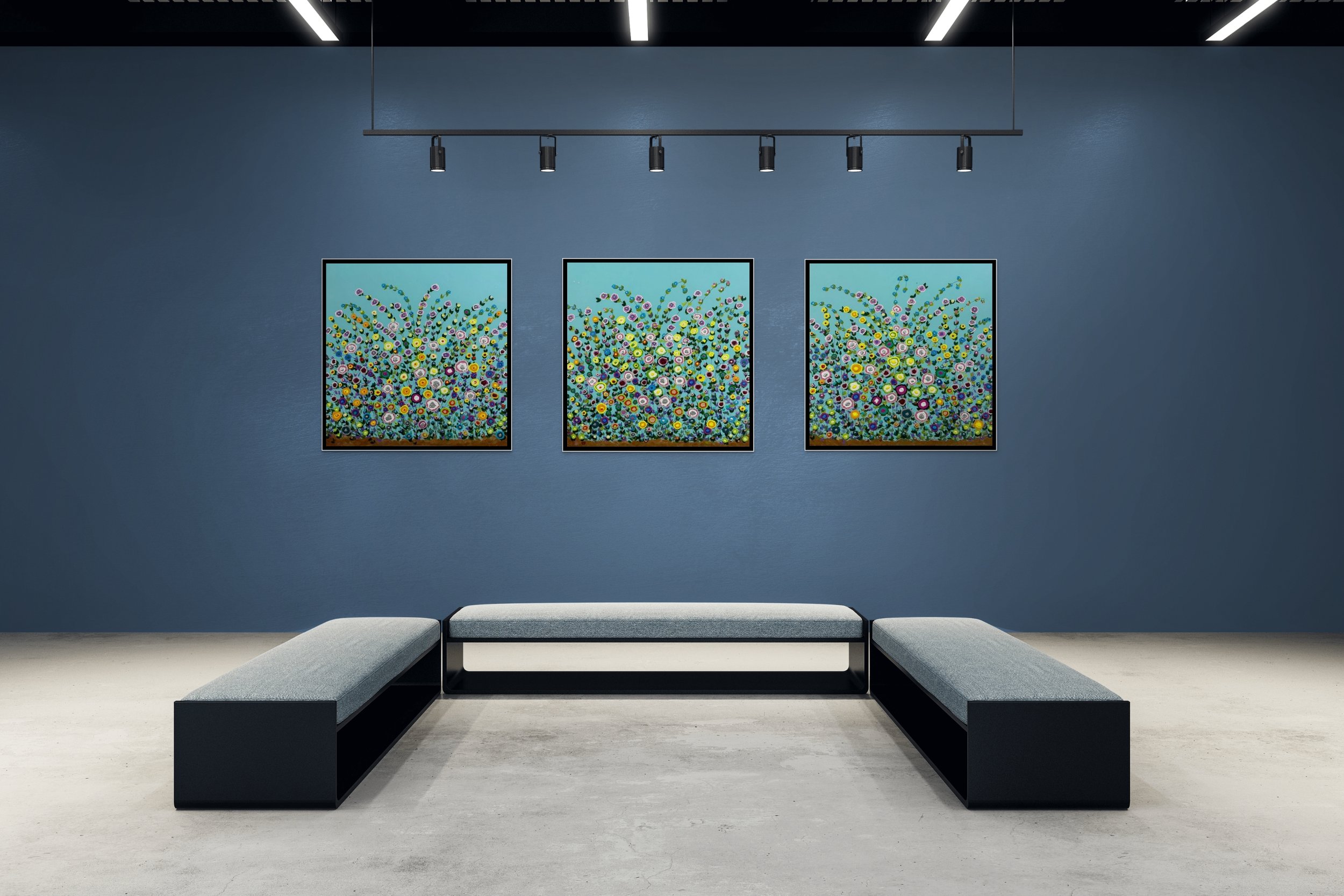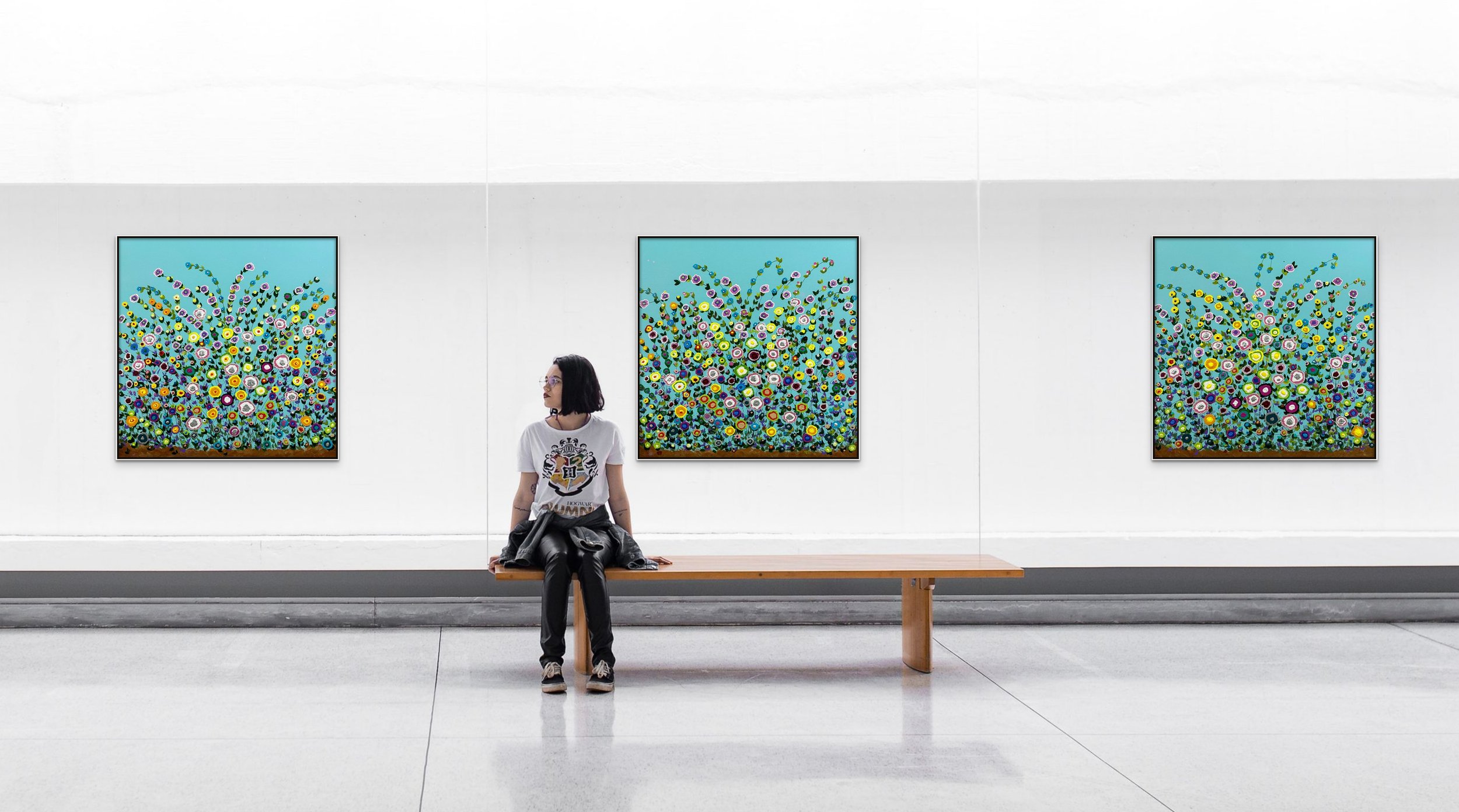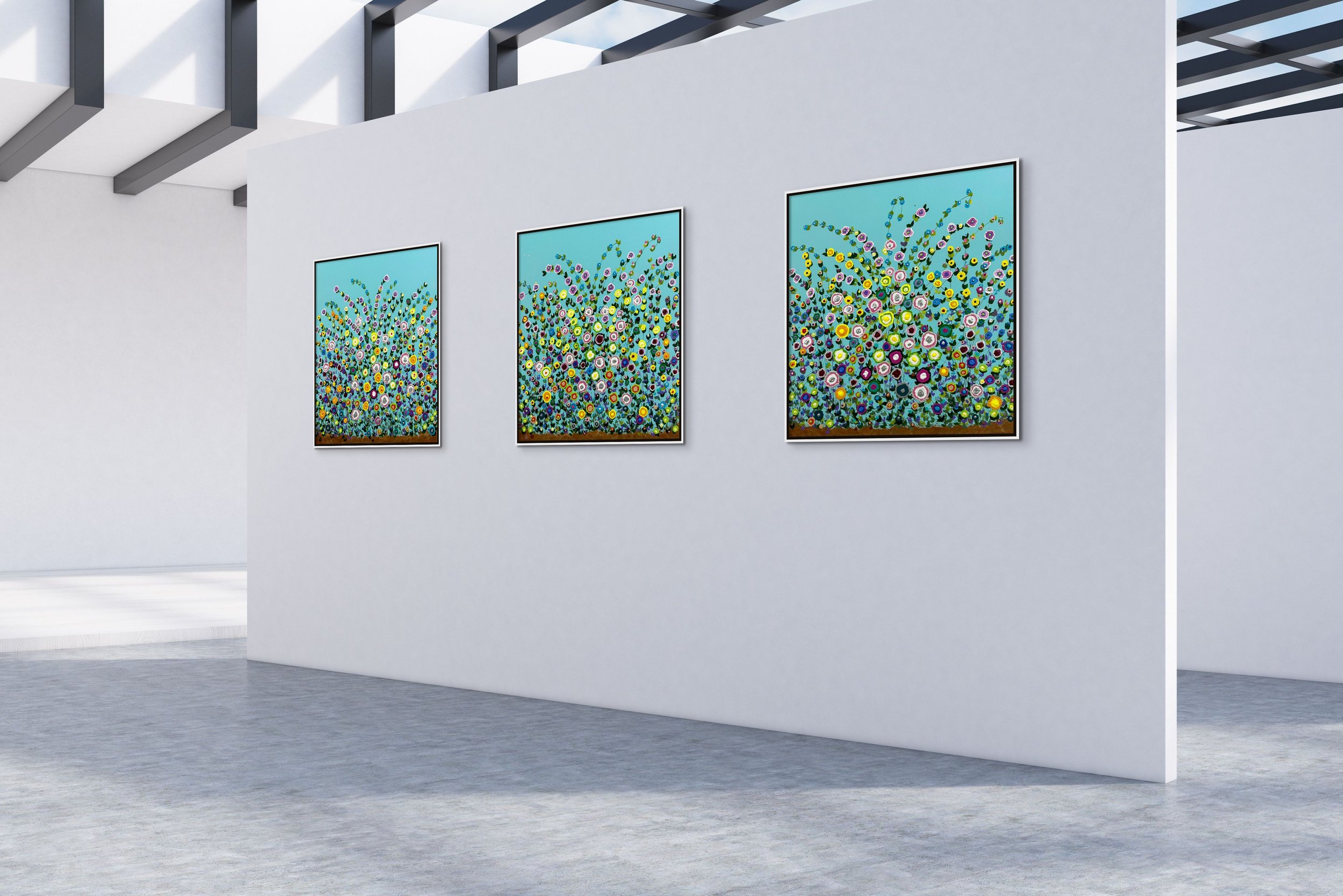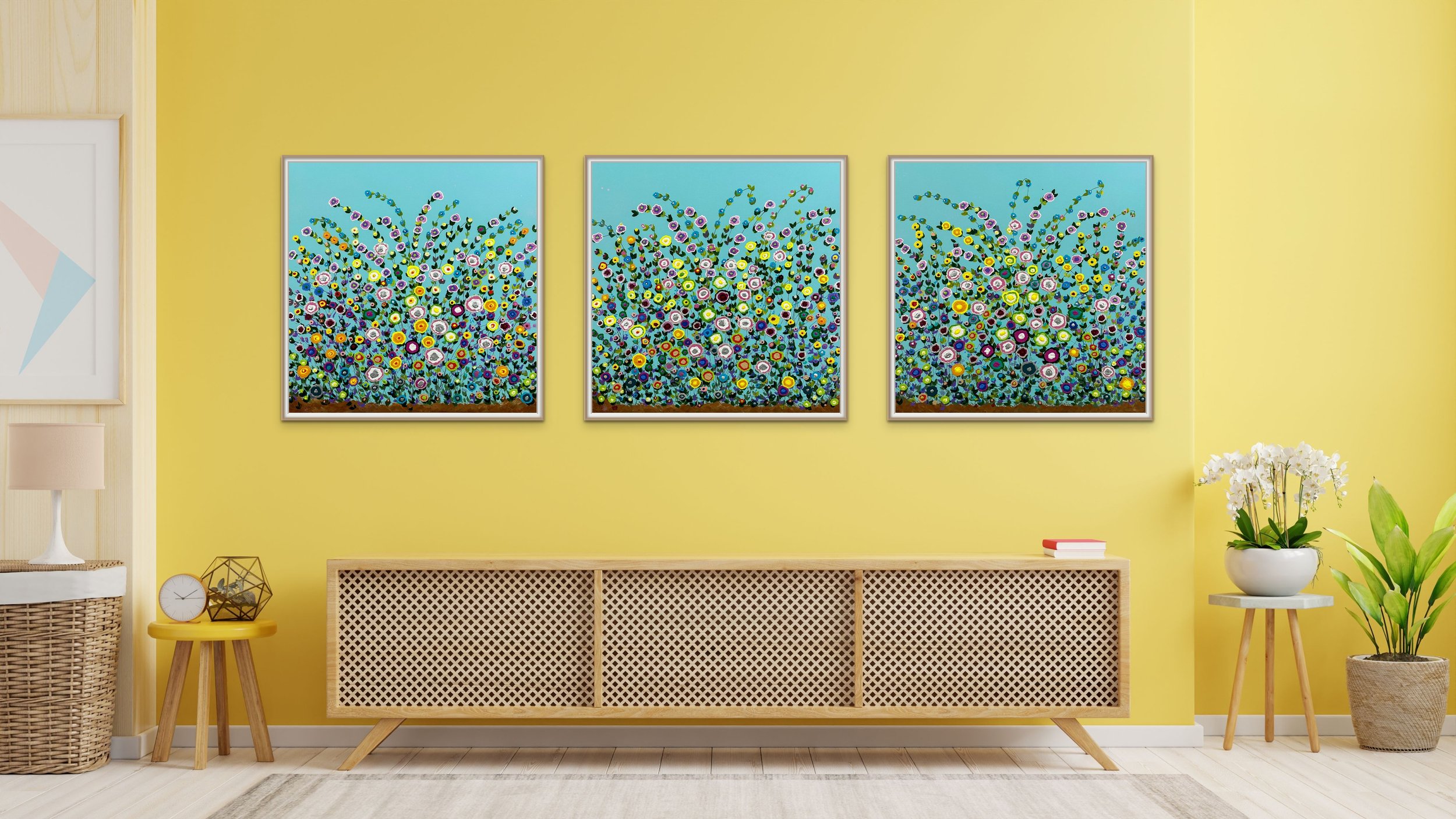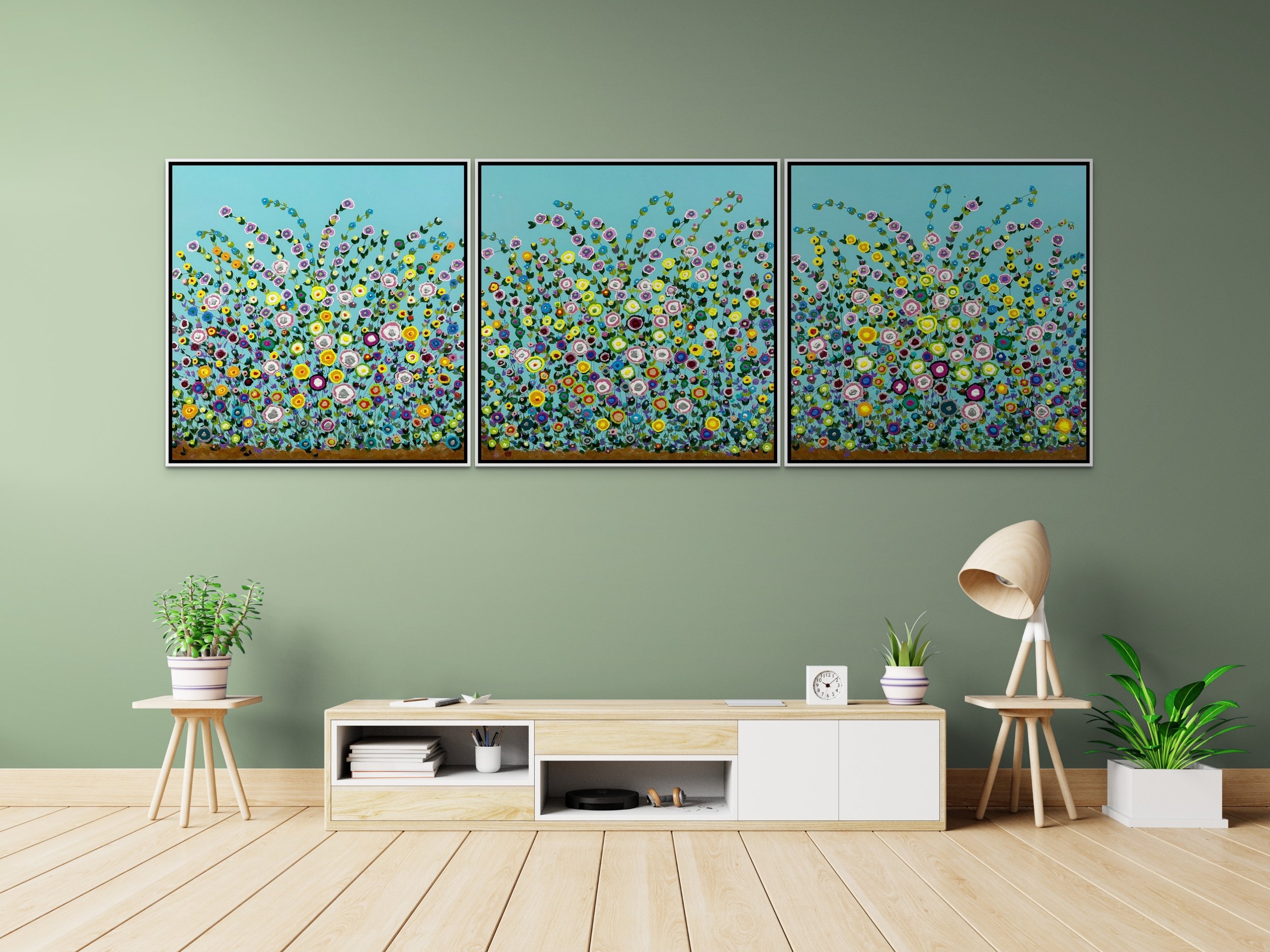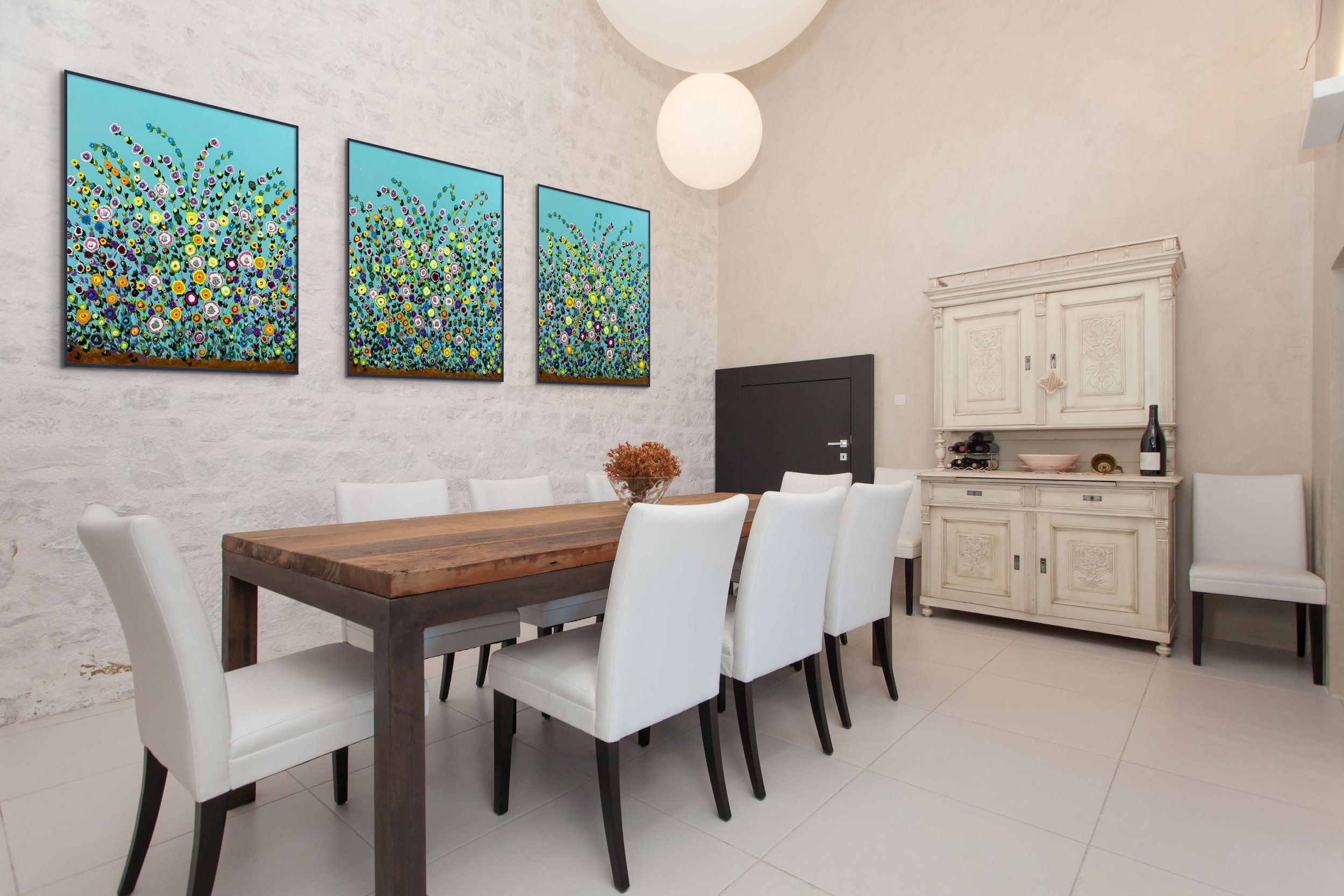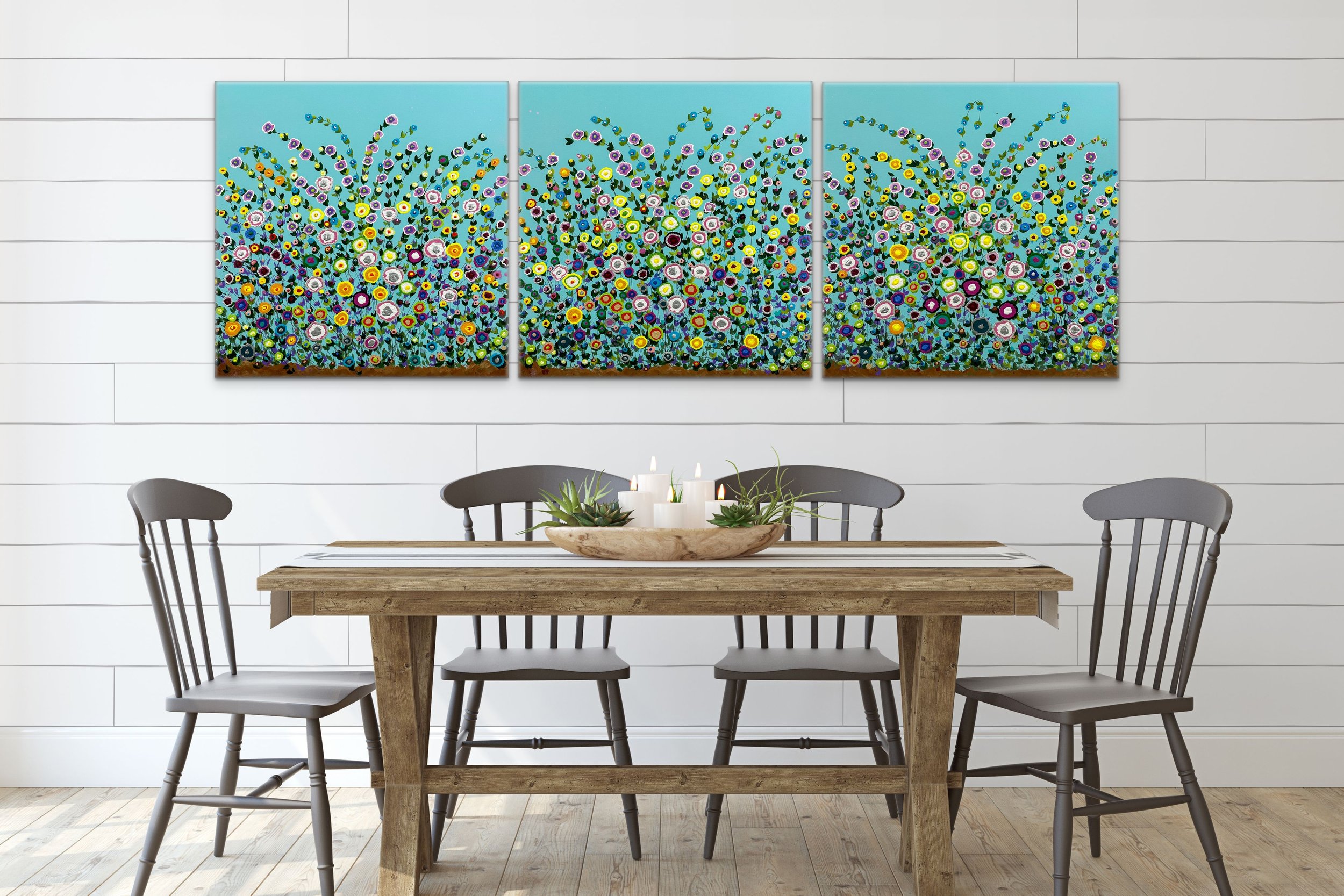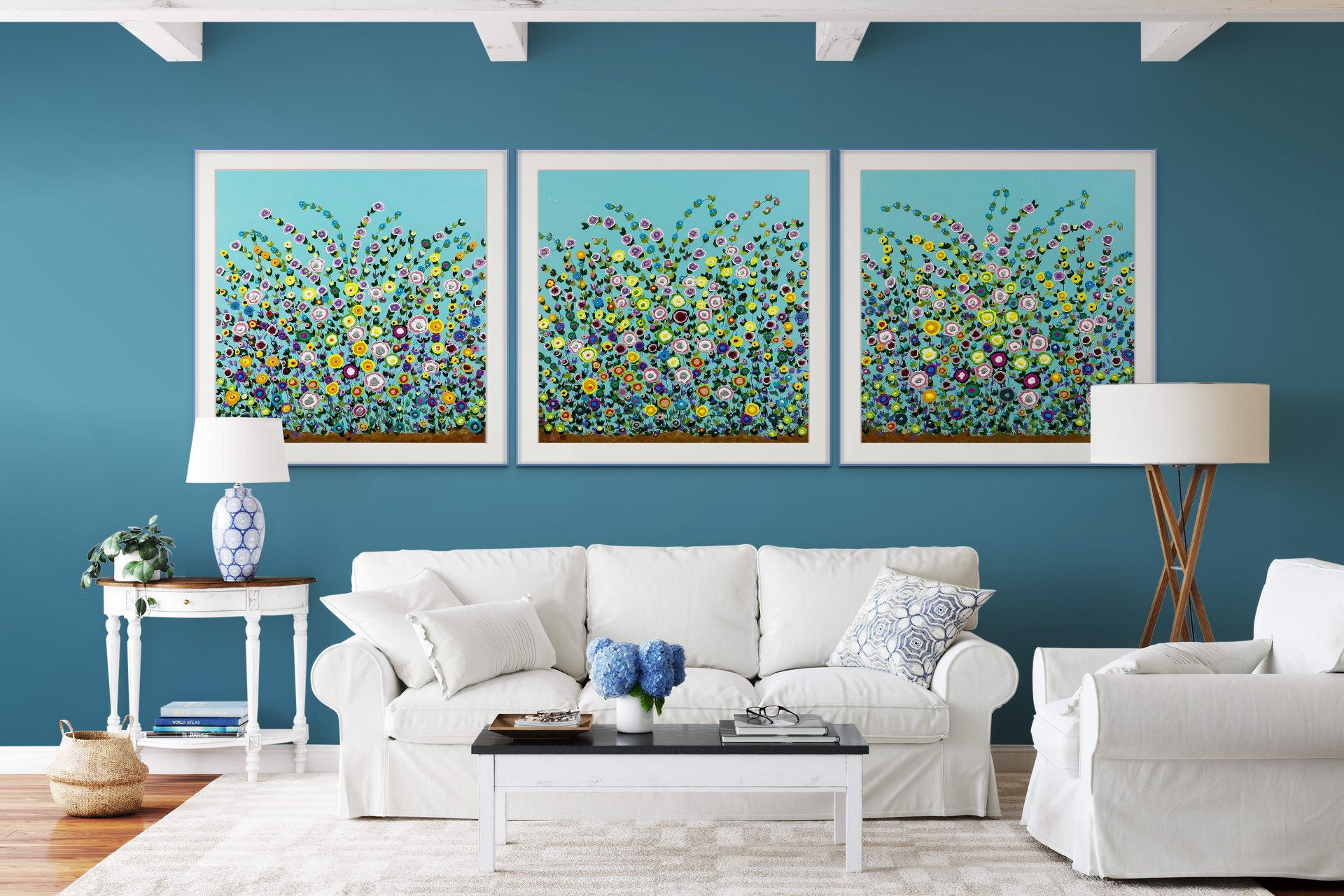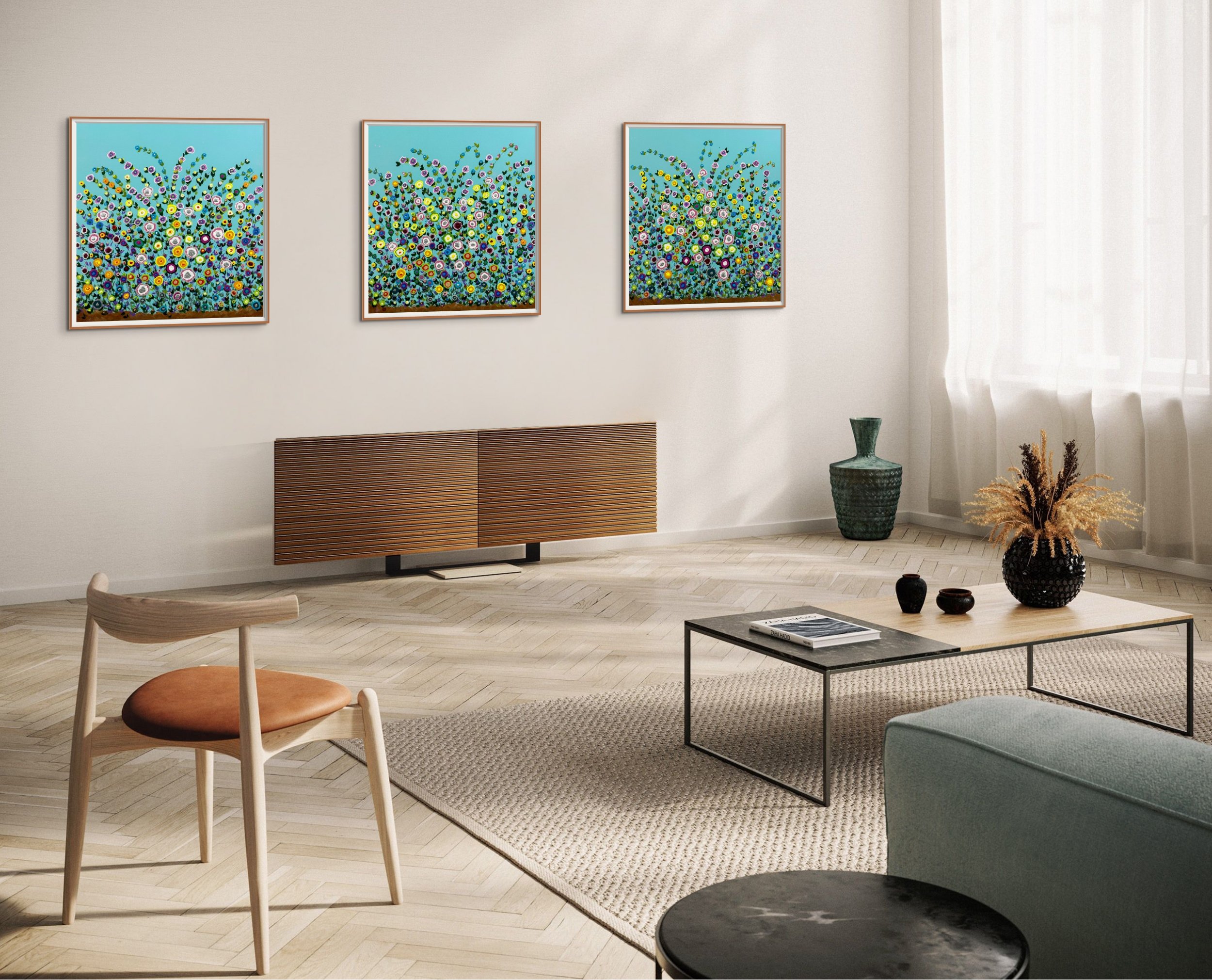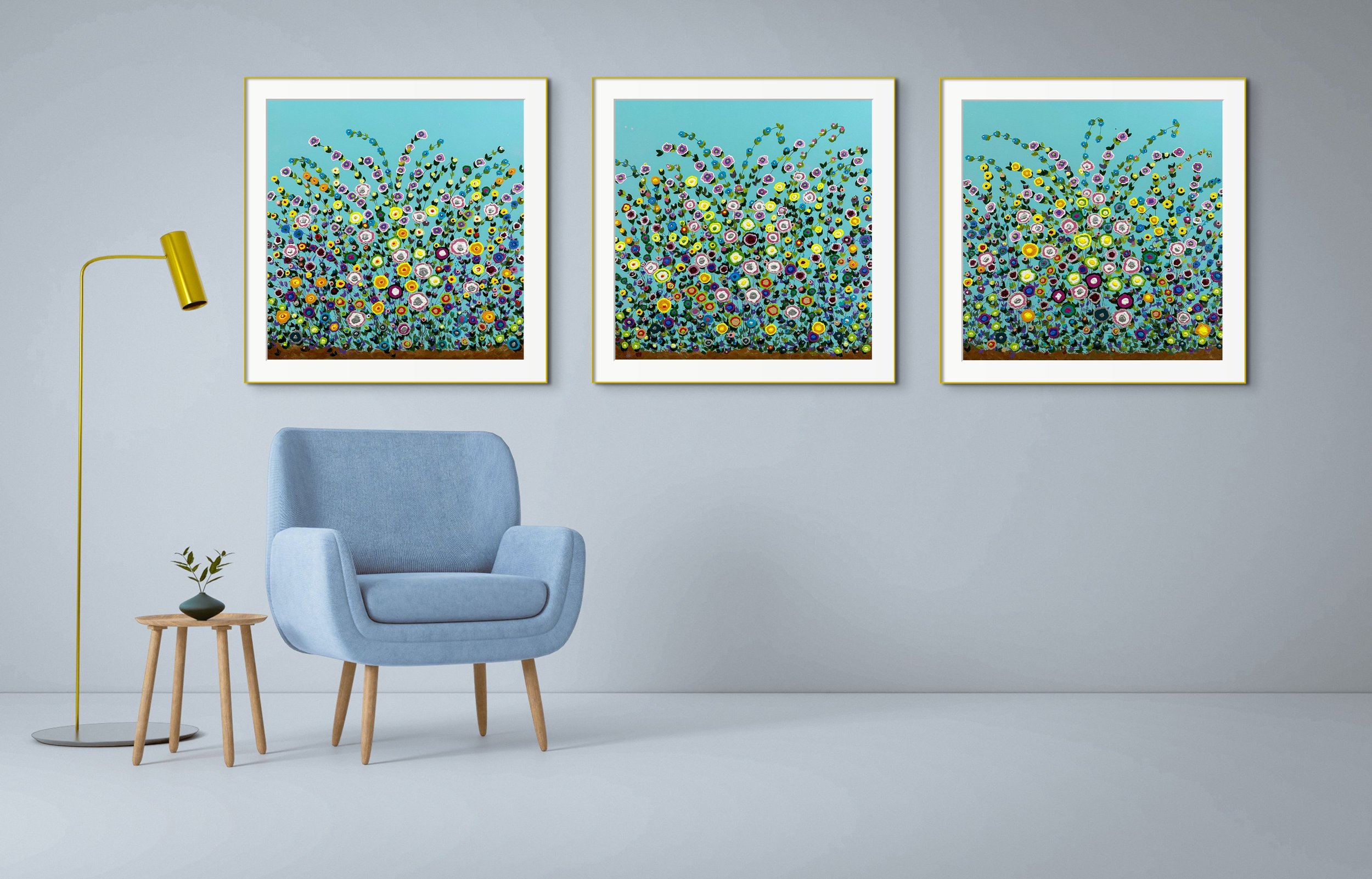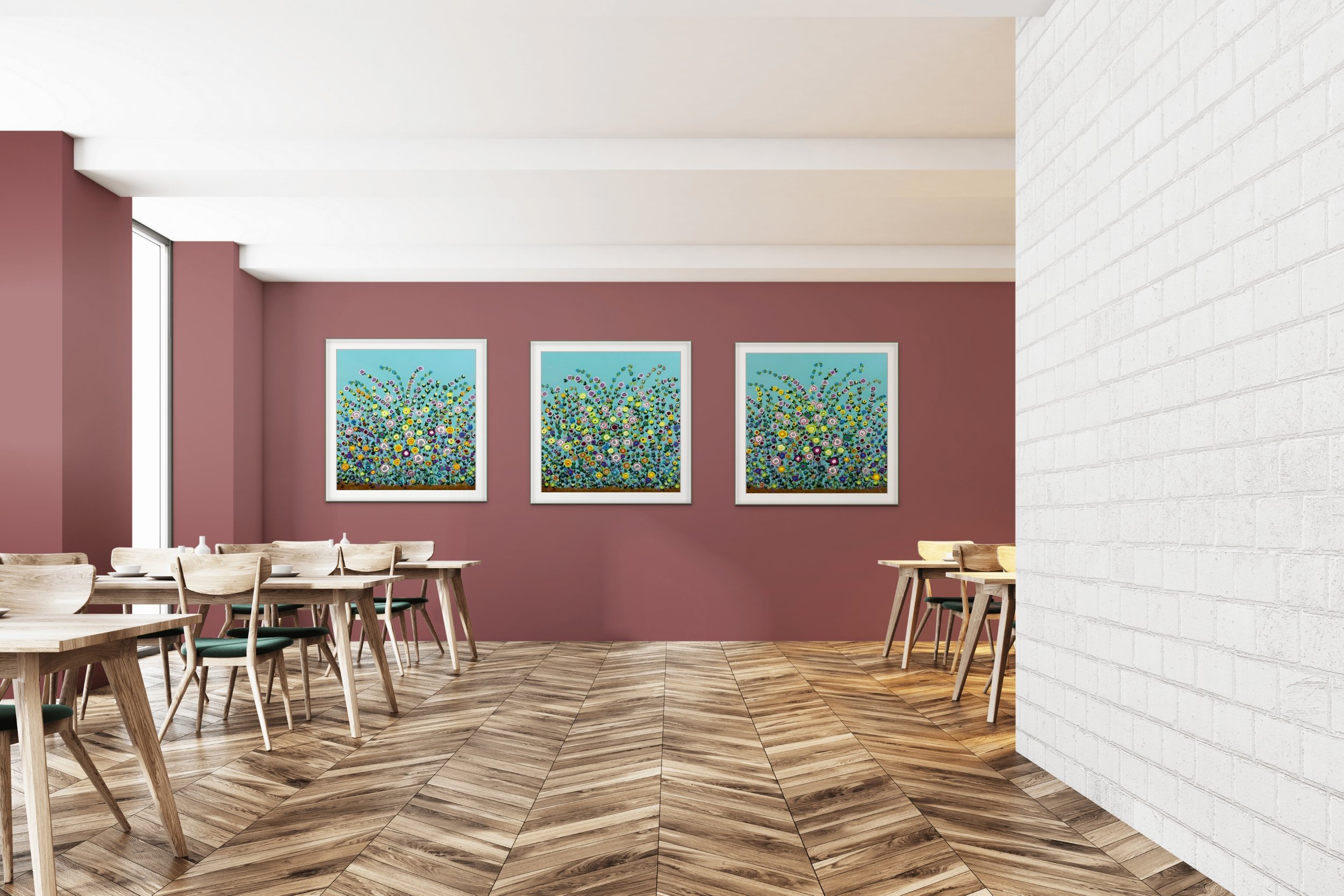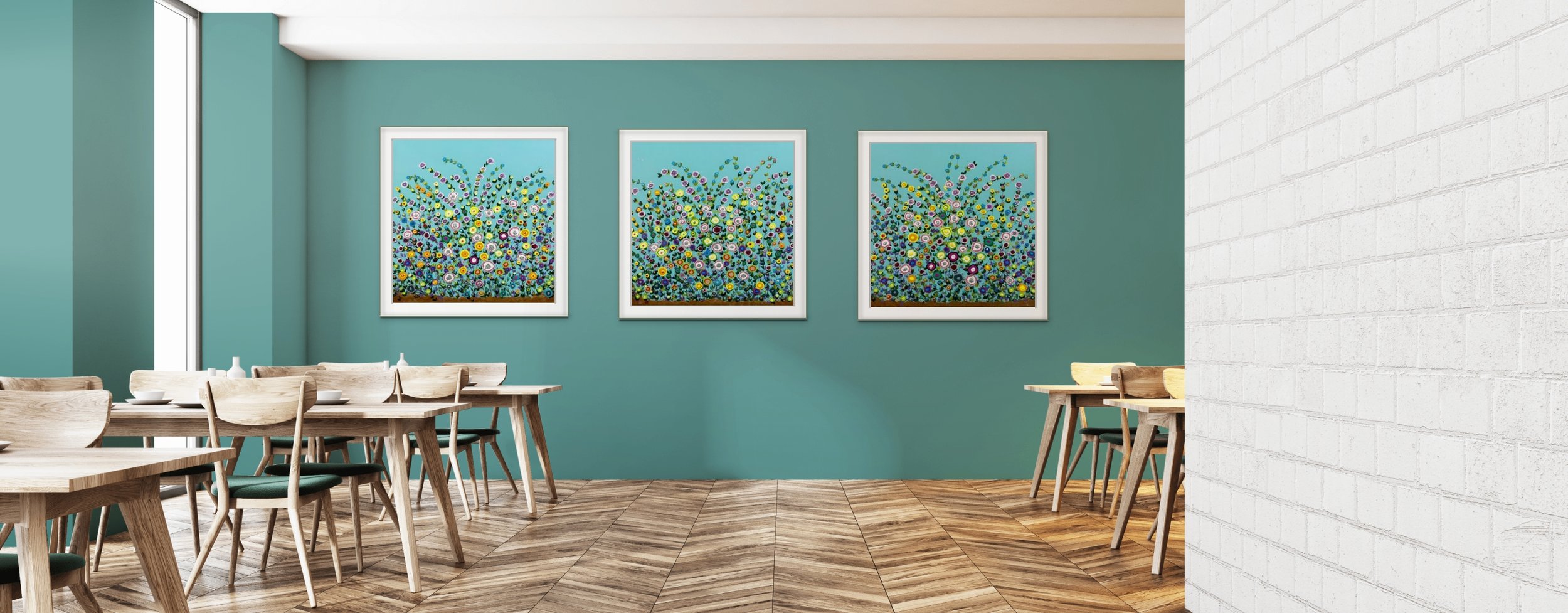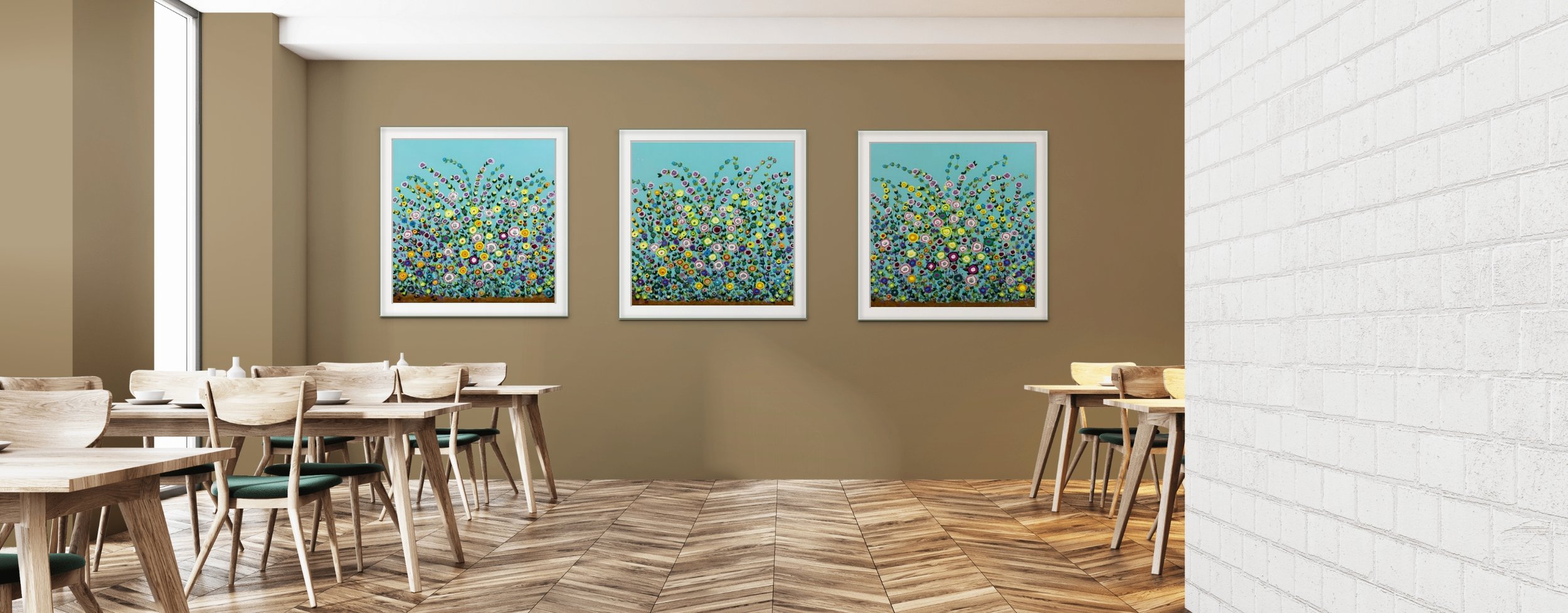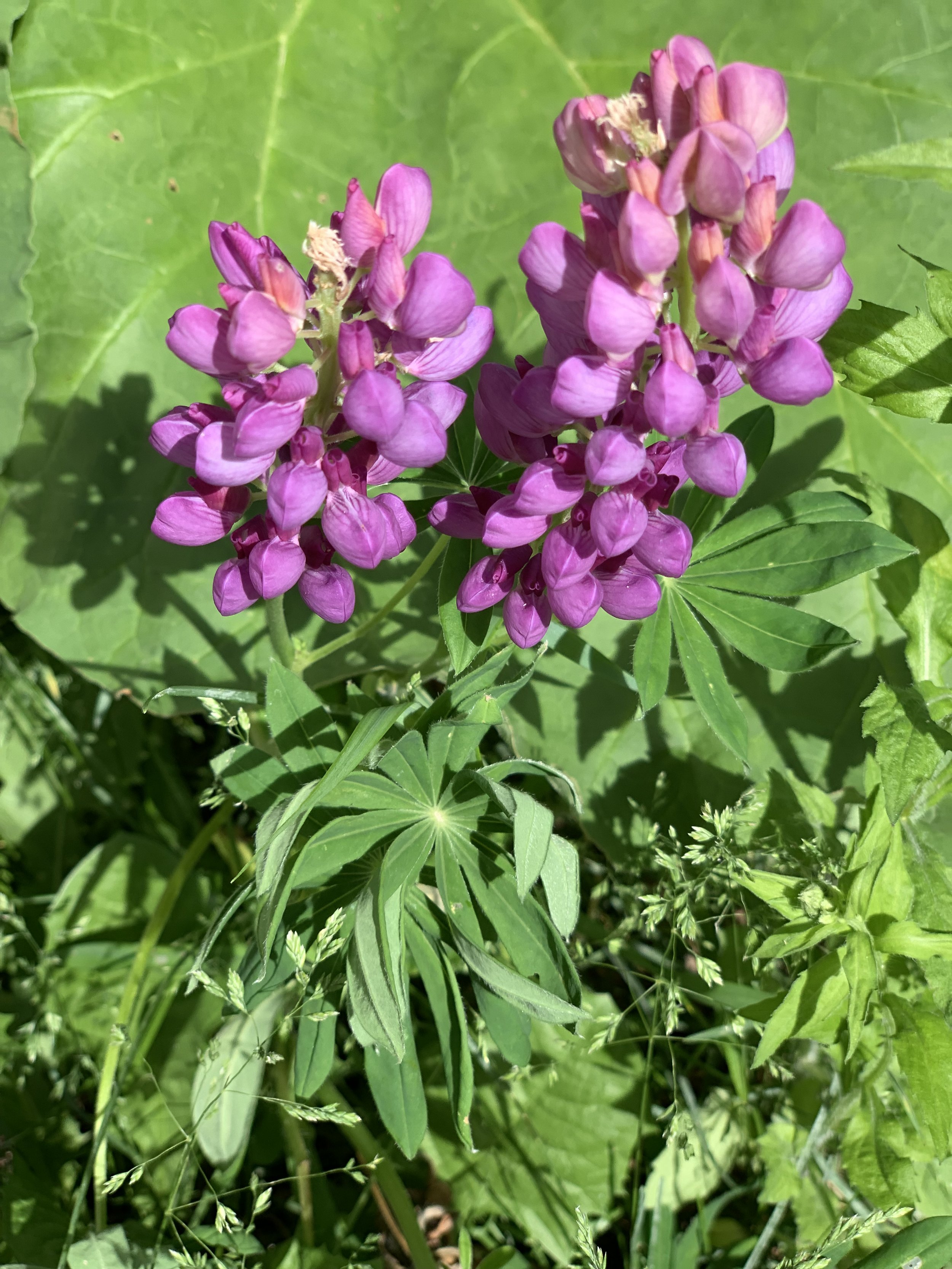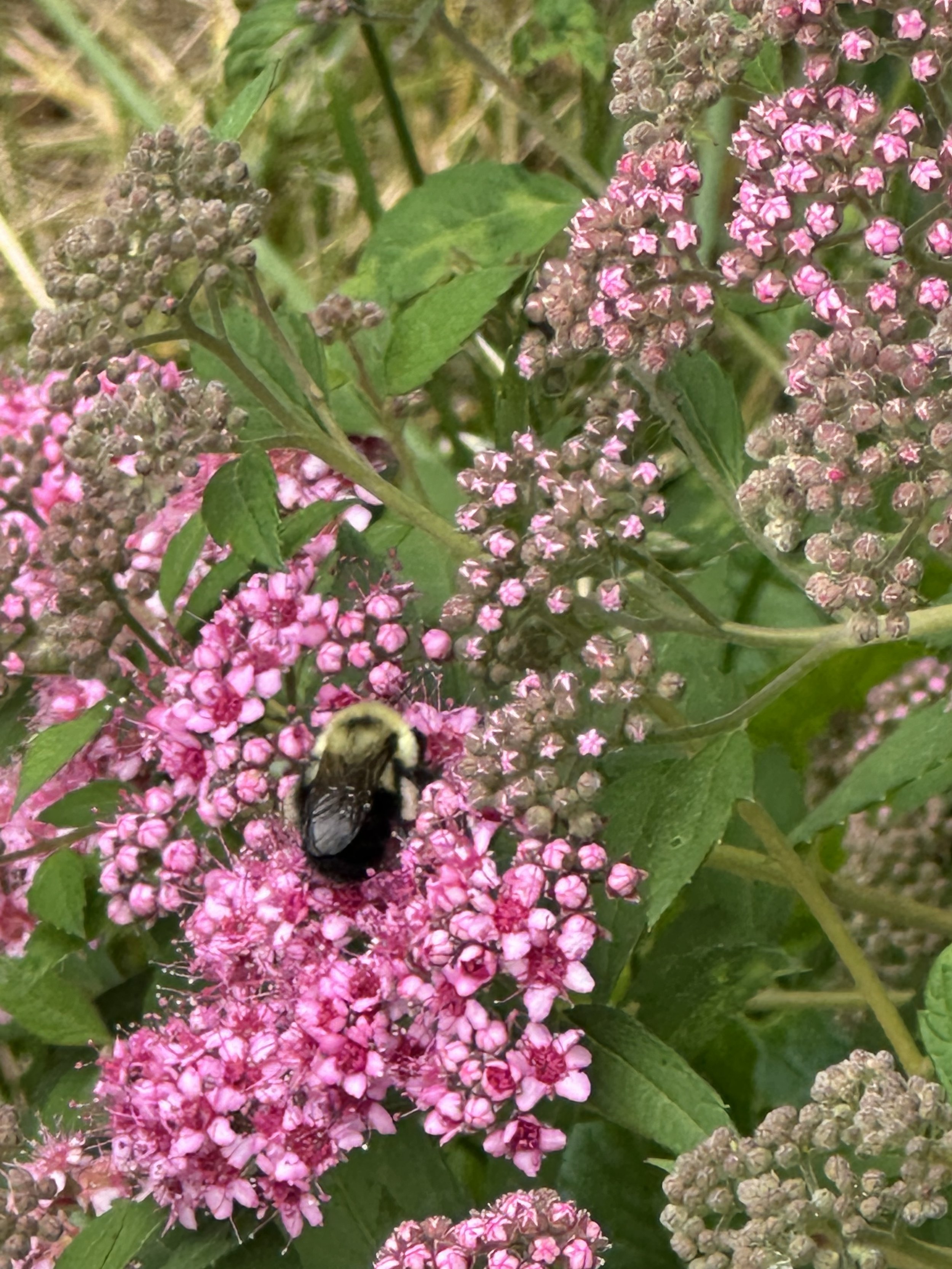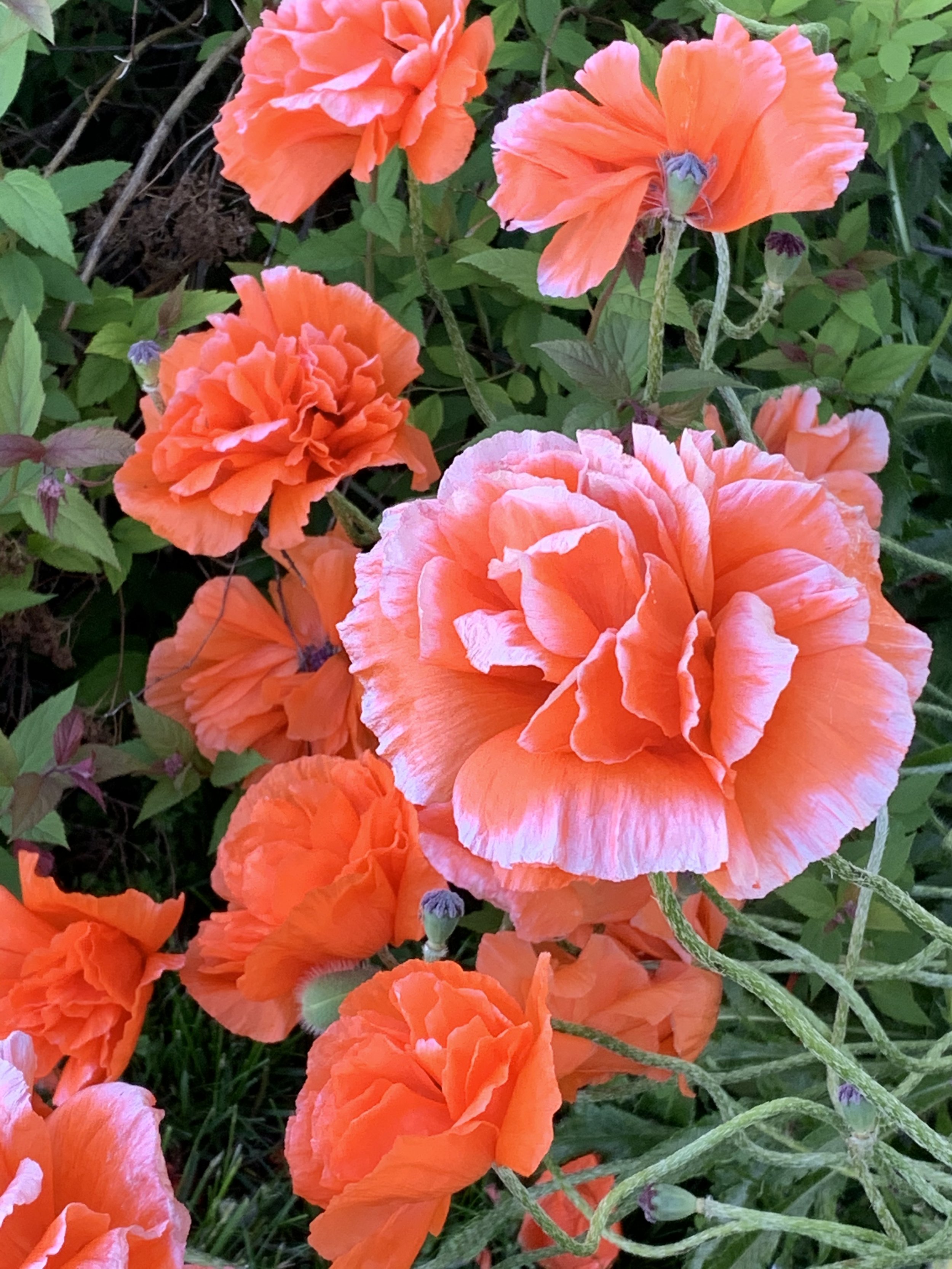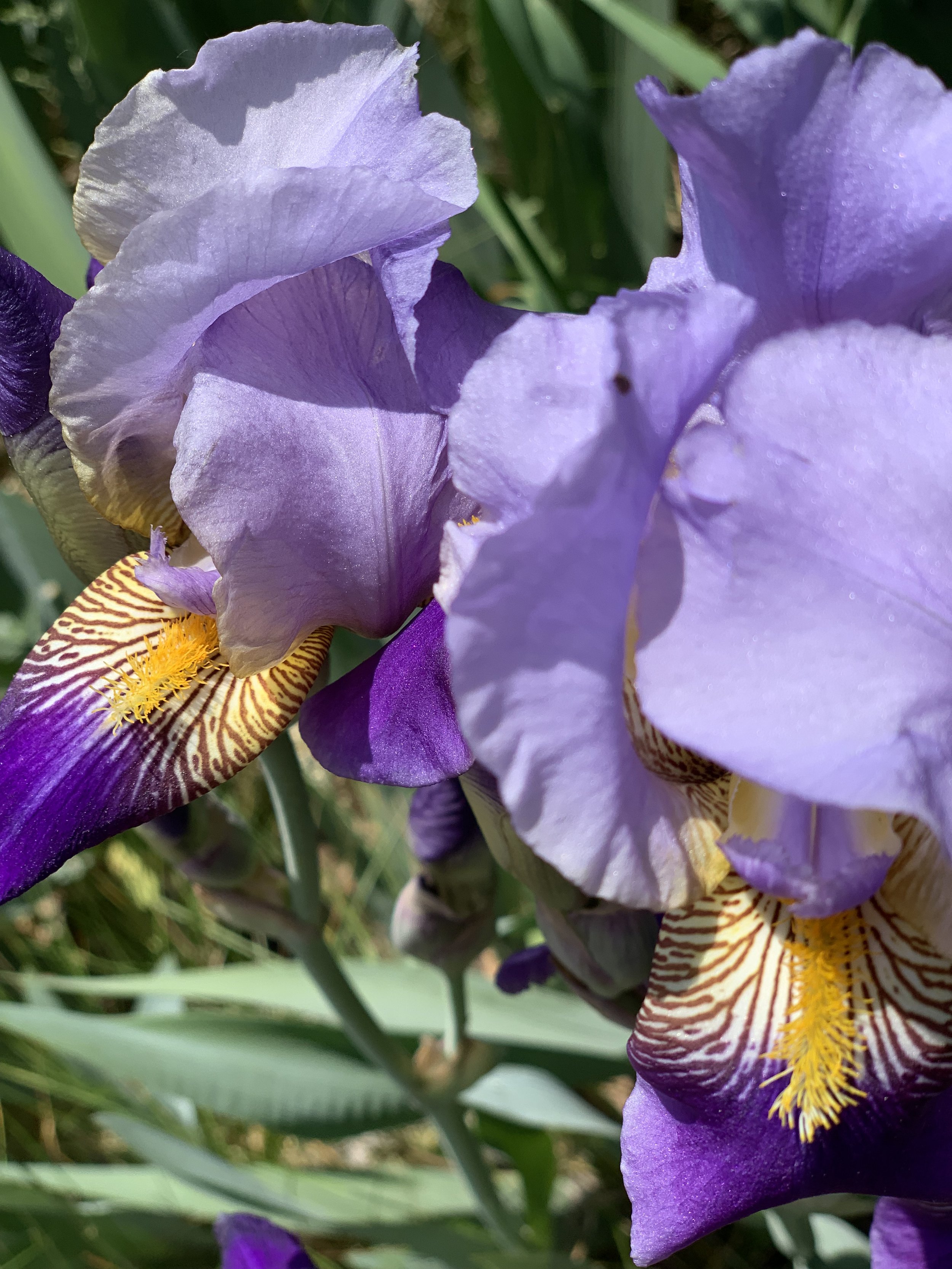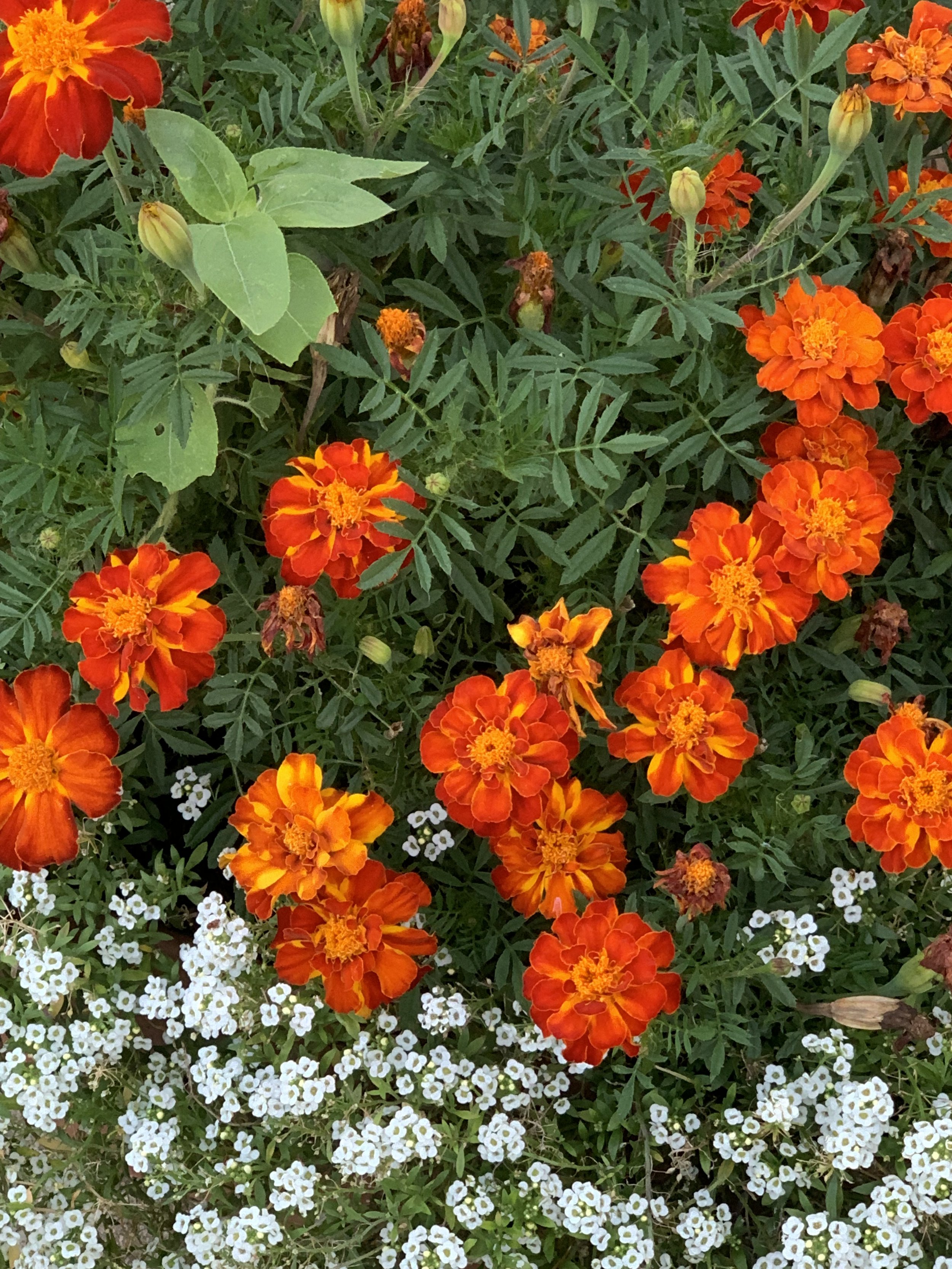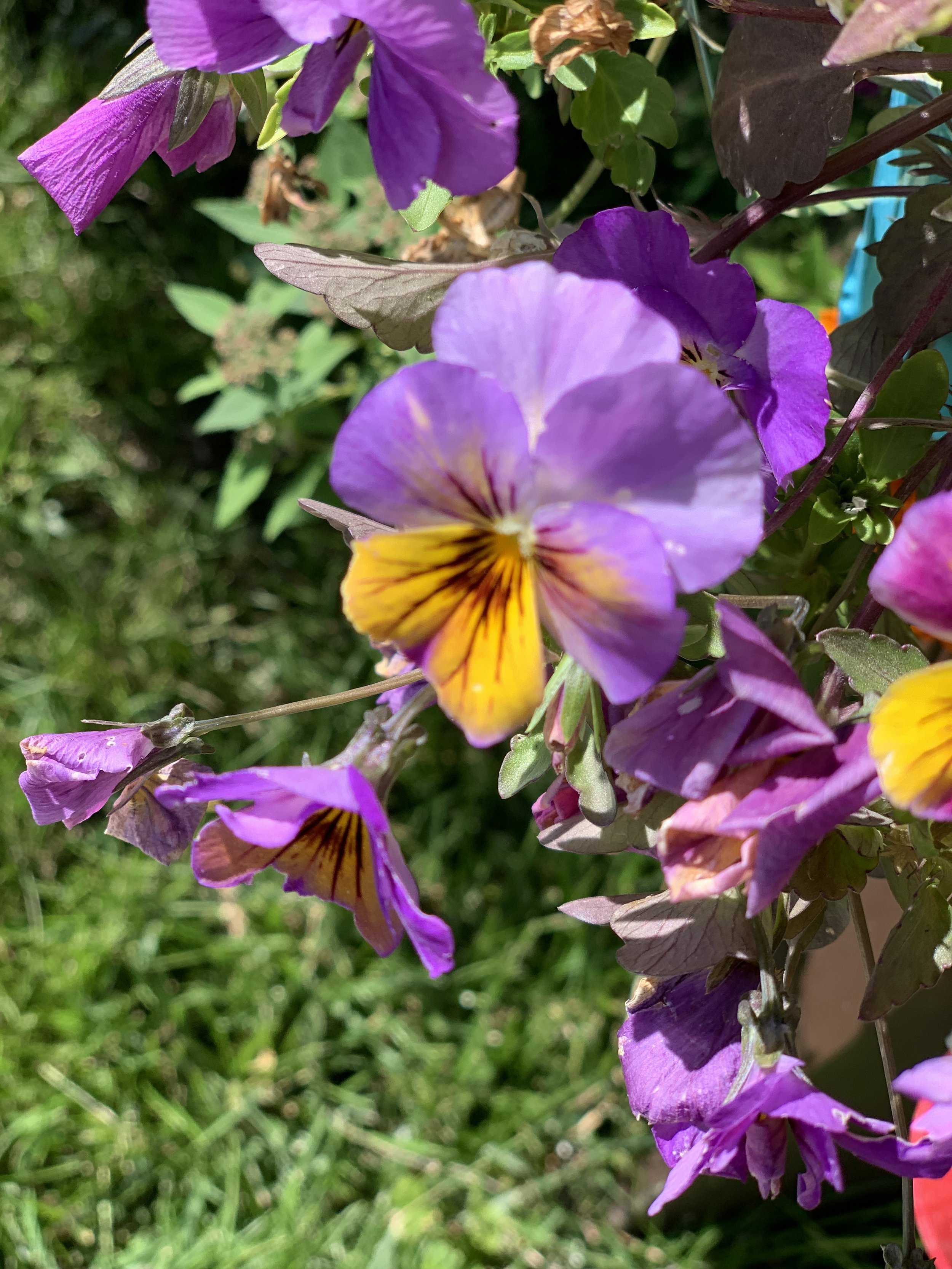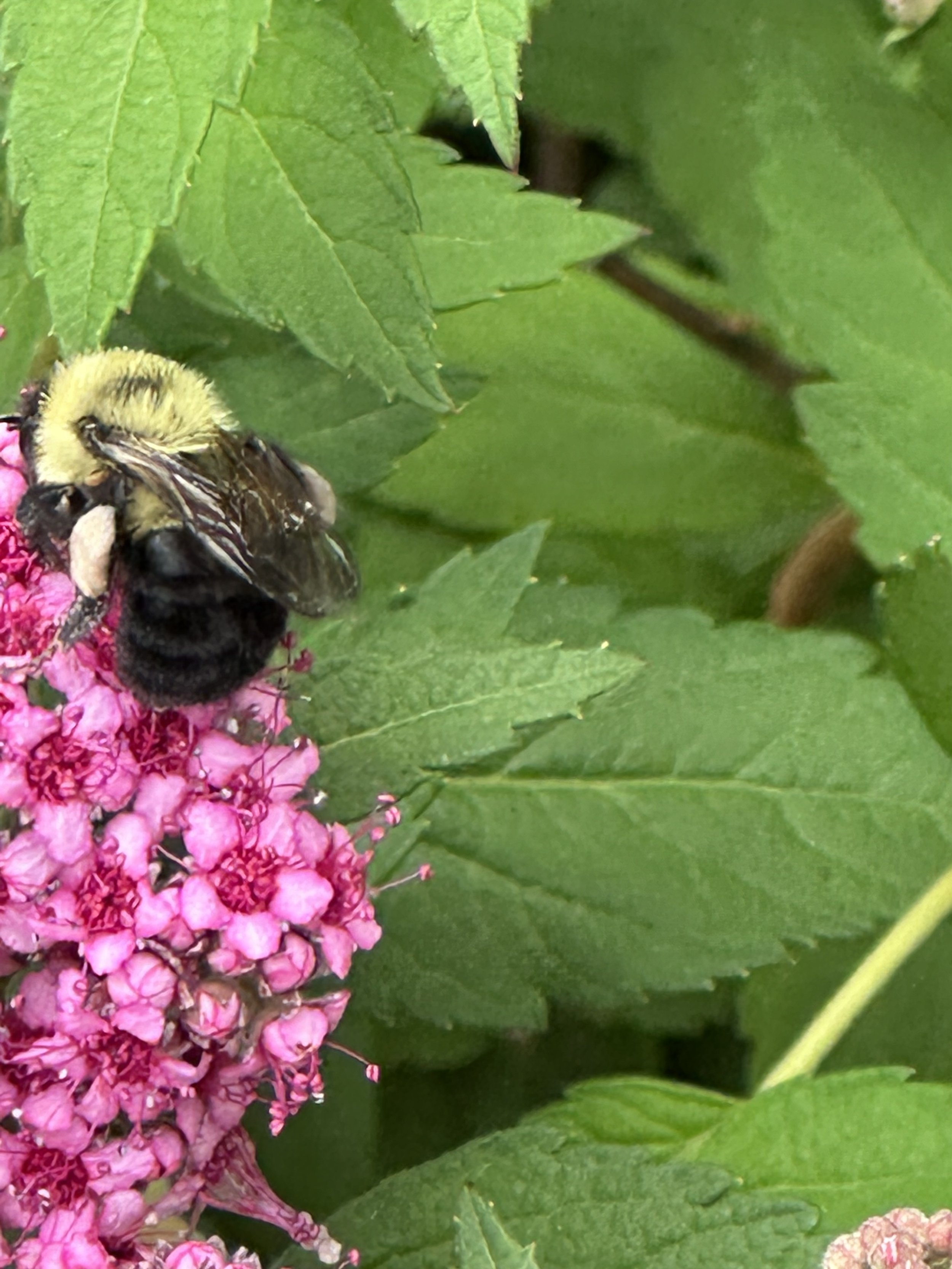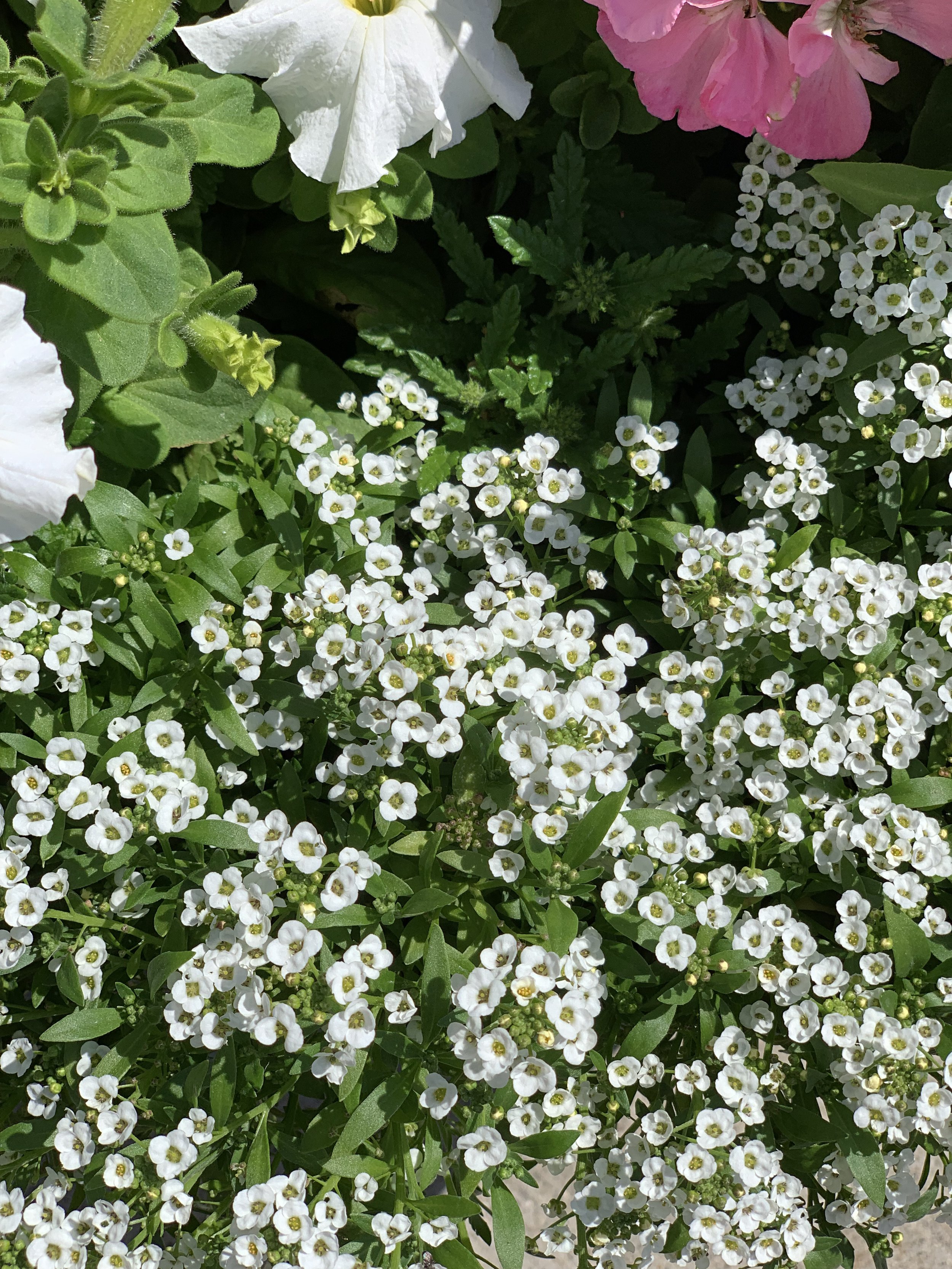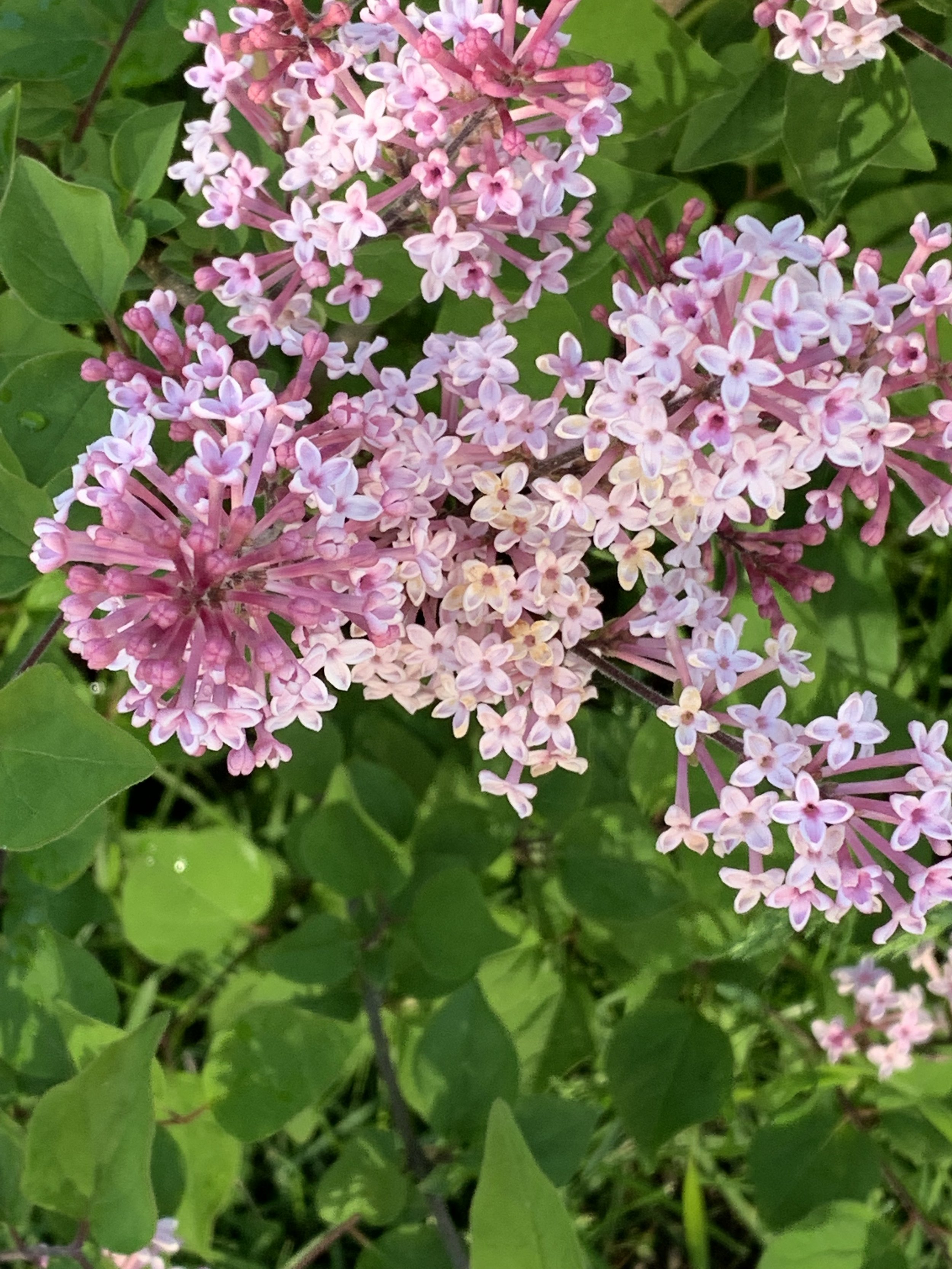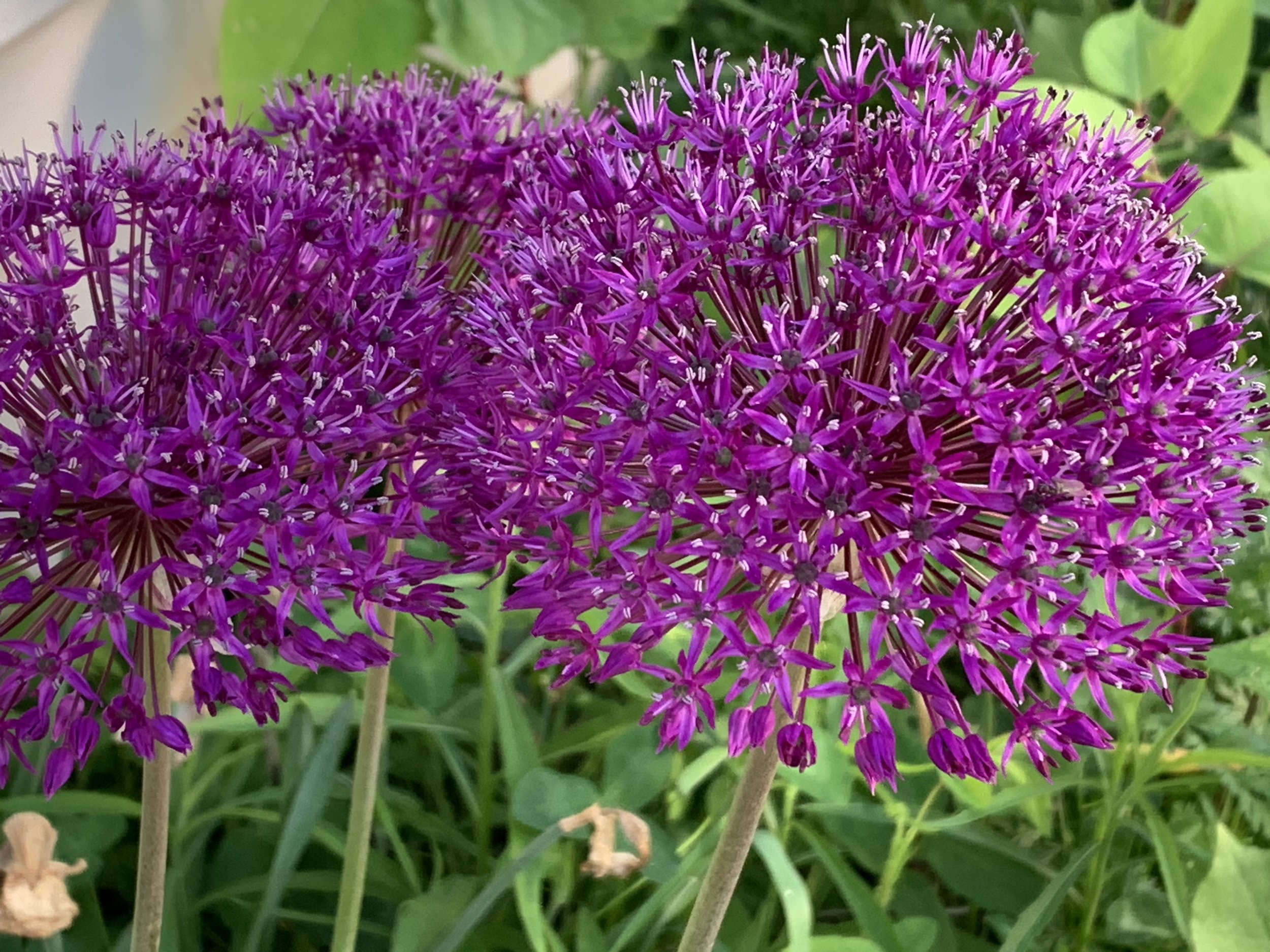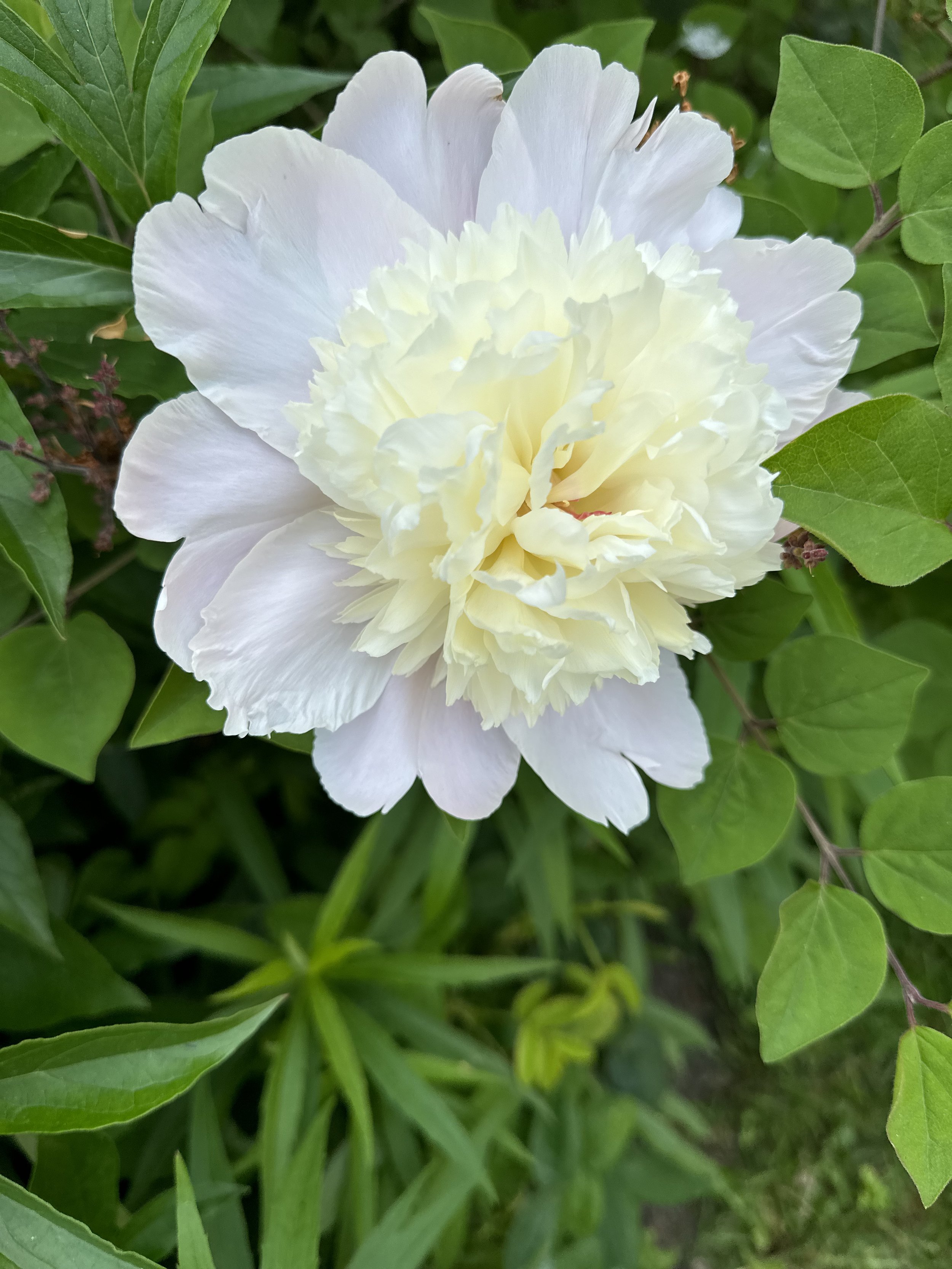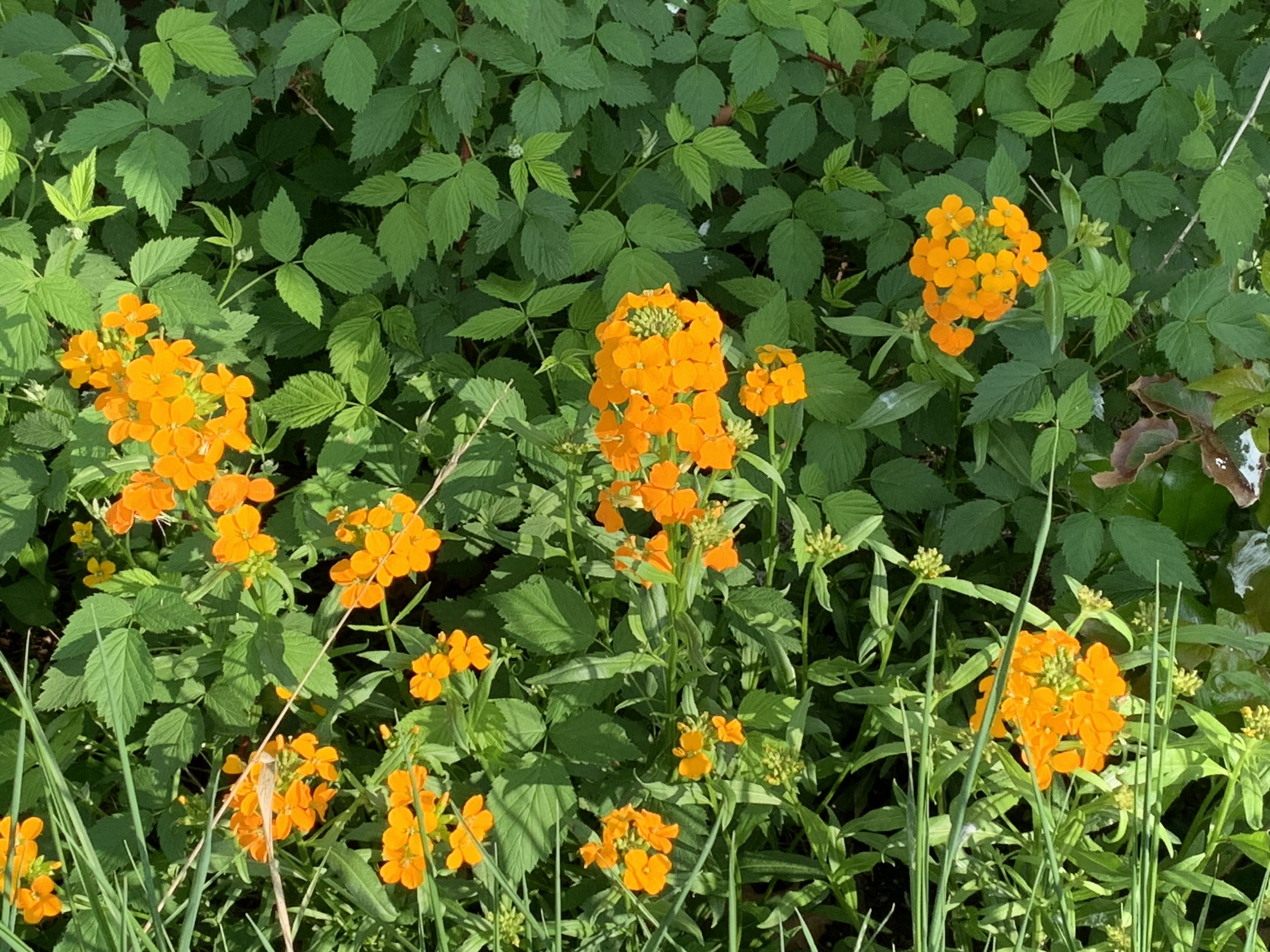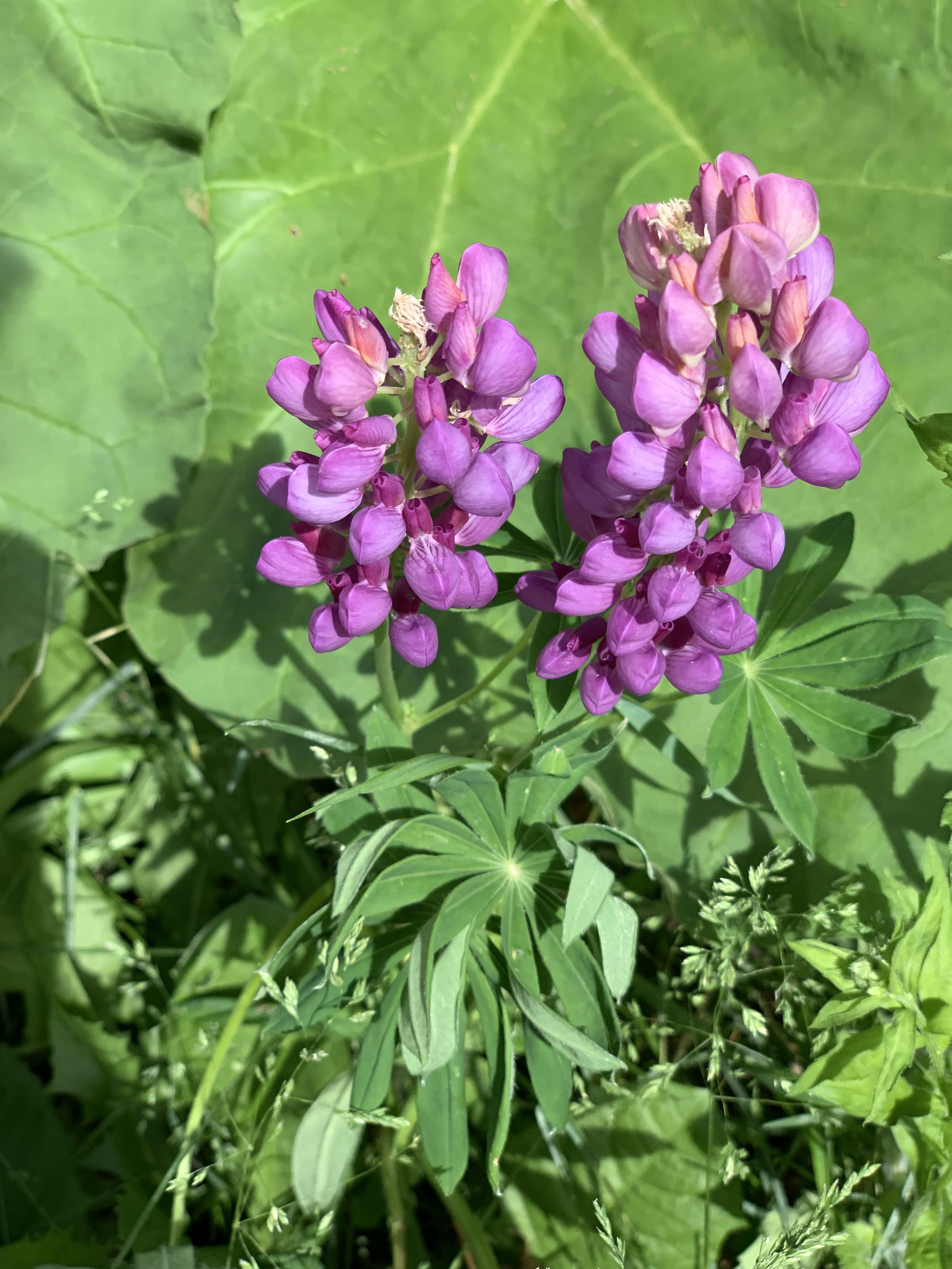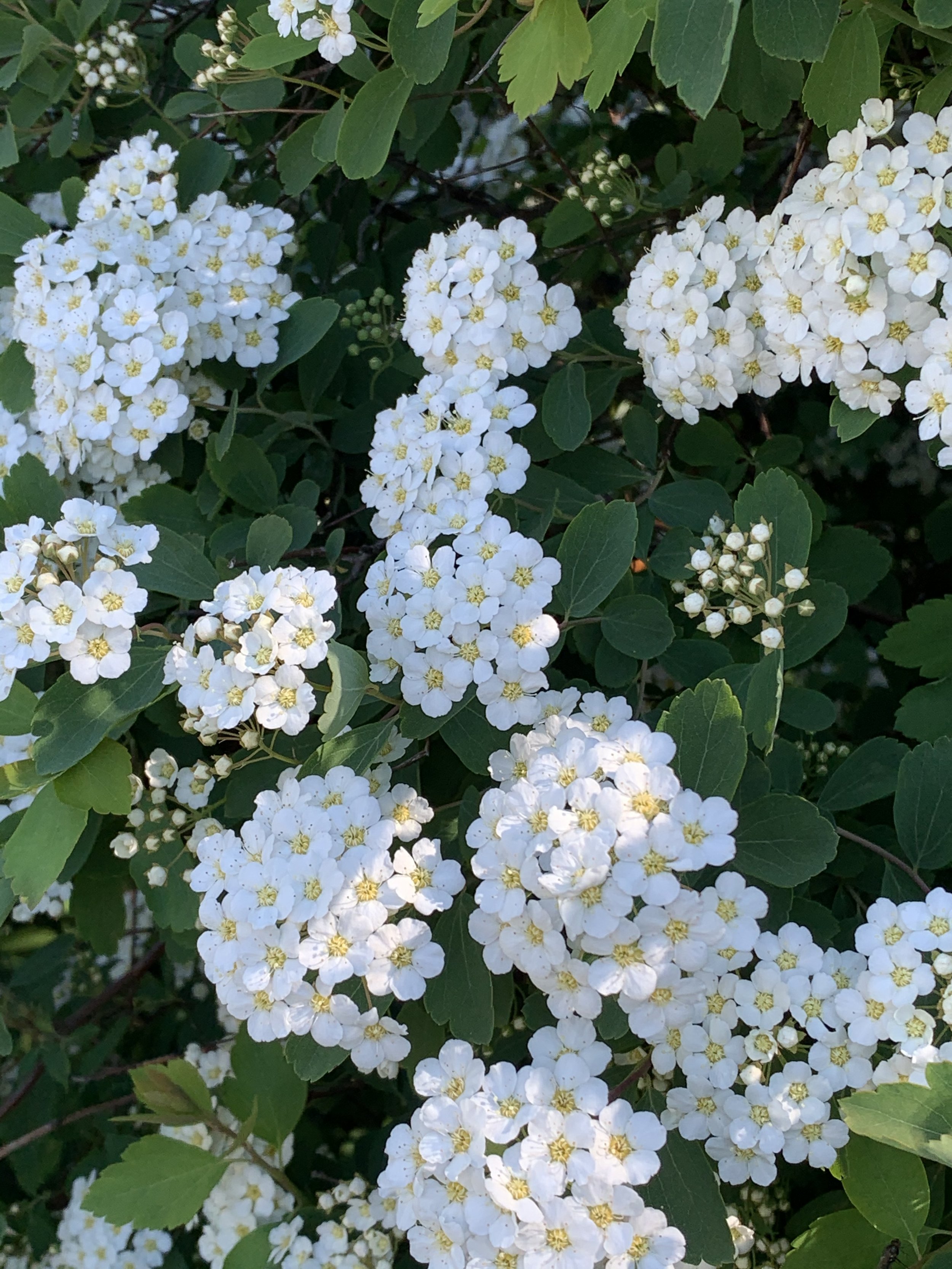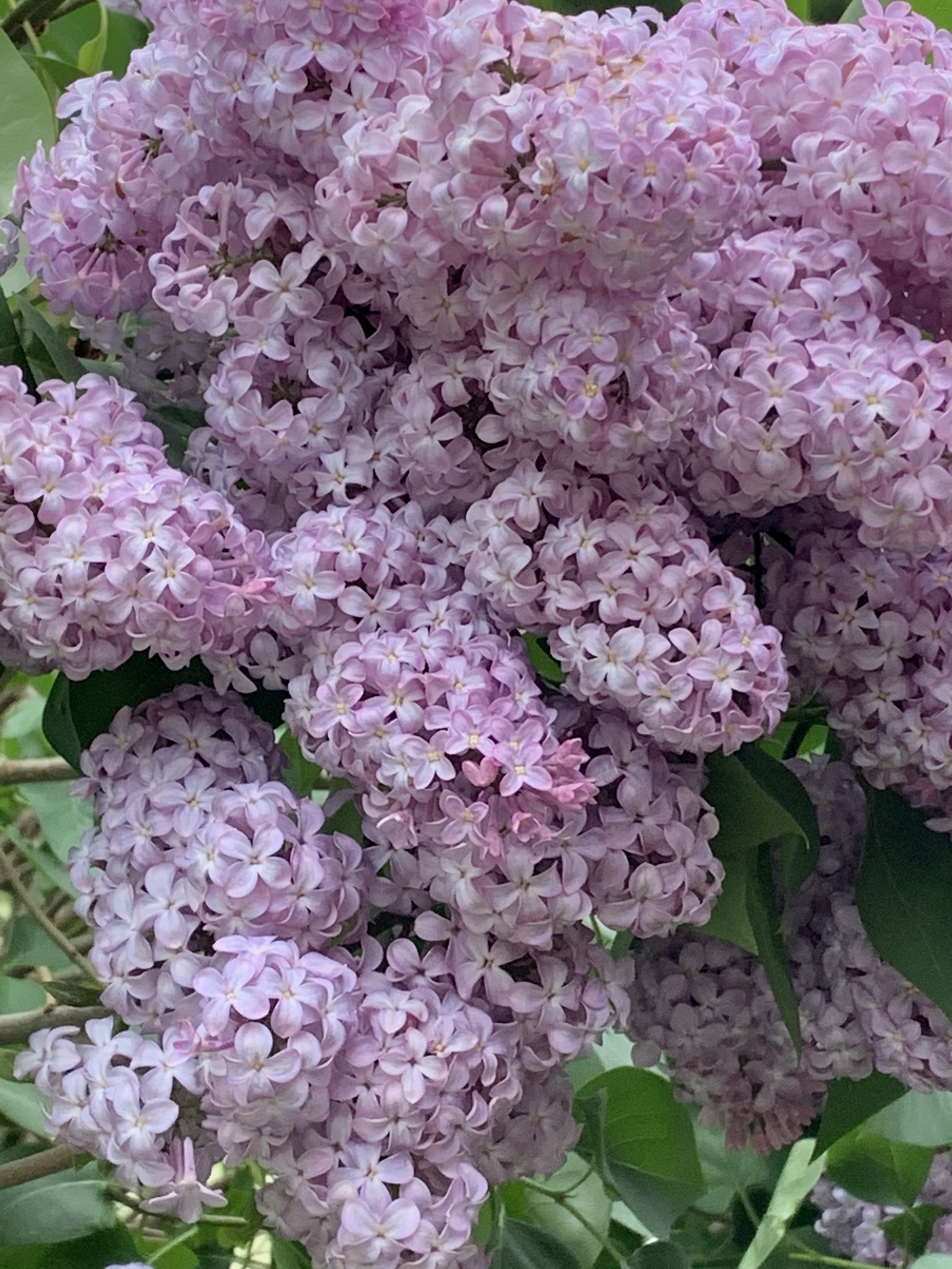Is Evidence-Based Design Totally New?
Is Evidence-Design Totally New?
If you asked the 6th BCE Greeks of Epidaurus, they might take you to one of the most celebrated healing centers of the classical world—the Asclepieion hospital. In their hospital, patient rooms faced eastward. Why? It is believed the rooms were intuitively designed and placed toward the sun to promote healing.
Many centuries later, many movements from different countries came together in the 1970s to create a new field called evidence-based design.
Who are the people whose forces created this new discipline? Doctors, Scientists, Architects, Interior Designers, Psychologists, Sociologists, Anthropologists, and many others.
The Healing Window by Dorothea Sandra, EDAC, 36”x48”
This artist’s journey into Evidence-Based Design
Photo from the back of McLaren Northern Hospital, Petoskey, Michigan
I am known by many titles in the art world: Artist Of Happiness; a modernizer of traditional woodland compositions; a Great Lakes artist; a 21st-century experimental artist; creator of the evidence-based design collection, Symphonies Of Love; creator of the Smart City Art Collection; and more.
At the beginning of my evidence-based design artistic journey, I chose to create a painting depicting a view from a hospital room. The background of The Healing Window features Little Traverse Bay, as seen from the back parking lot of McLaren Northern Hospital in Petoskey, Michigan.
While composing this painting, I imagined myself in one of the patient rooms at McLaren Northern, looking out the window.
I also imagined myself in a patient room or in a healthcare lobby or a waiting area.




Artists always have lots of choices to make. Early in my evidence-based design floral art career, I chose creating happiness (triggering dopamine) over painting realism. My reason? I figured I would have more power to create happiness if I had more artistic power of the flowers. Not only did realism limit my ability to create happiness (dopamine), but according to medical and scientific research, traditional still-life wasn’t an art category most favored within evidence-based design.
So, is evidence-based design totally new? Yes and no. The flowers in this artwork are modern, cheerful, uplifting, and based on current evidence-based design best practices. However, I also wanted to pay homage to the accomplishments of those who came before us by incorporating elements that, especially in the design texture of the vases, evoke a rough, ancient Greek Asclepieion aesthetic.
Today’s Mood Busting Art
Is it possible to bust through a bad mood with art?
Garden Holiday by Dorothea Sandra, EDAC
As many of you know, we live in “interesting” times. So many people today are stressed or sad or deeply troubled by something or someone. I like to use my art to fight against this by creating credible pieces that bust through these moods and create upward movement feelings of happiness and hope and joy. Using well-researched guidelines, I like to reach inside the brain through art and help shift a negative mood into something positive.
From the 1960s until today, serious researchers with very serious studies…from different countries…from different multidisciplinary fields have converged to create a new field of art called Evidence-based Design. According to the National Library of Medicine at the National Institute of Health, “Evidence-based design is scientific analysis methodology that emphasizes the use of data acquired in order to influence the design process in hospitals. It measures the physical and psychological effects of the built environment on its users.”
Today, evidence-based design isn’t just for hospitals. It’s for all of us. It is for many of the places humans go. What is my role in all of this? A very small one—but I think an important one. Today my art hangs in hospitals, businesses, organizations, and homes. Using my artistic talents and evidence-based design training and certification—just as I did in this triptych art called Happy Garden—I very deliberately and very strategically create happy, happy art for today’s built environments.
People often ask me where I get my inspiration for this style of painting I call Bubble Art. These photos of flowers come from just two of my yards in Northern Michigan. I live in a super clean, healthy environment and inspiration always seems to be all around me—everywhere I seem to look. Nature is a truly powerful healer. When we can’t be out in it, putting art on our walls that captures nature’s fun and beauty often helps.
(I keep 100 percent pesticide-free yards with many bee and butterfly friendly plants. The bees this years are plentiful. I have even seen up to 8-10 bees on one bush.)
In a Garden Holiday, I used my evidence-based knowledge to select the cheerful background color. I painted the flowers in soil to give the artwork a rooted to our life-giving earth feel. Flowers and stems are never similar or boring in nature, so I gave this work an abundance of fun-filled stem twists and turns, pops full of flowery color, and many hints of humor.
If you would like to learn a bit more about evidence-based design and see how I applied it to my art, my new book, 100 Days Of Happy Happy Art, Evidence-Based Design, is available through Amazon.






